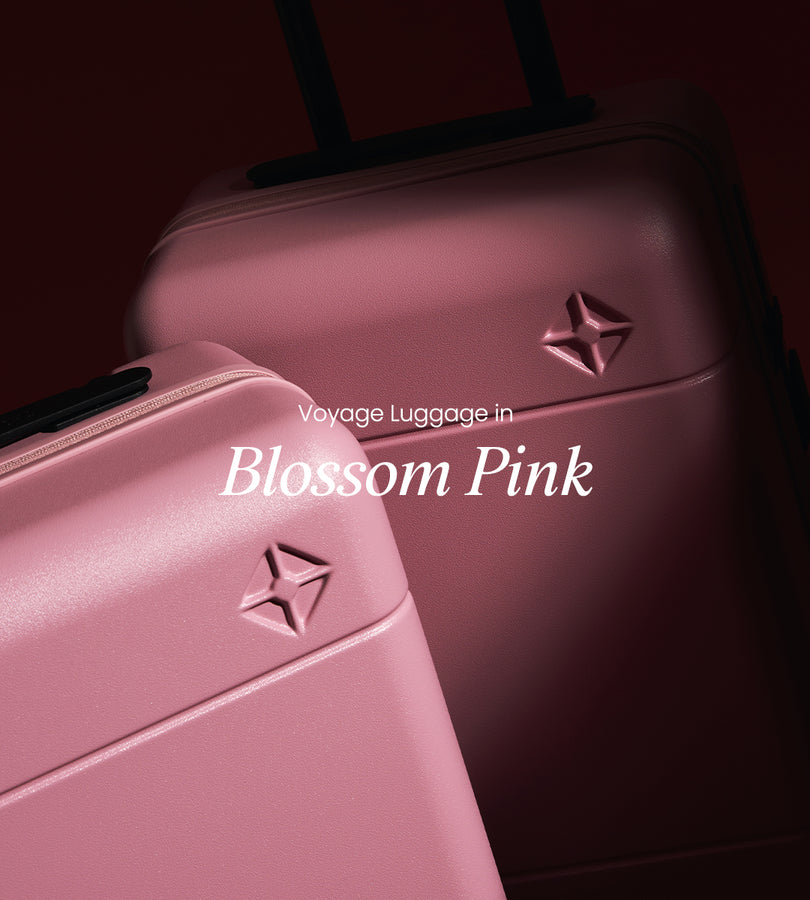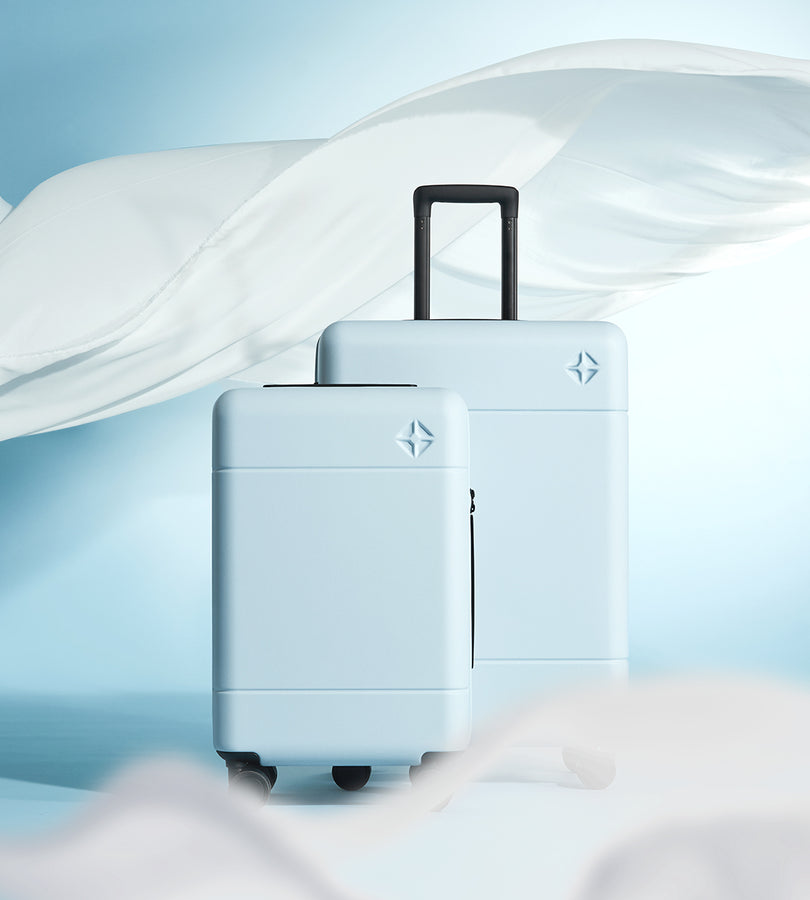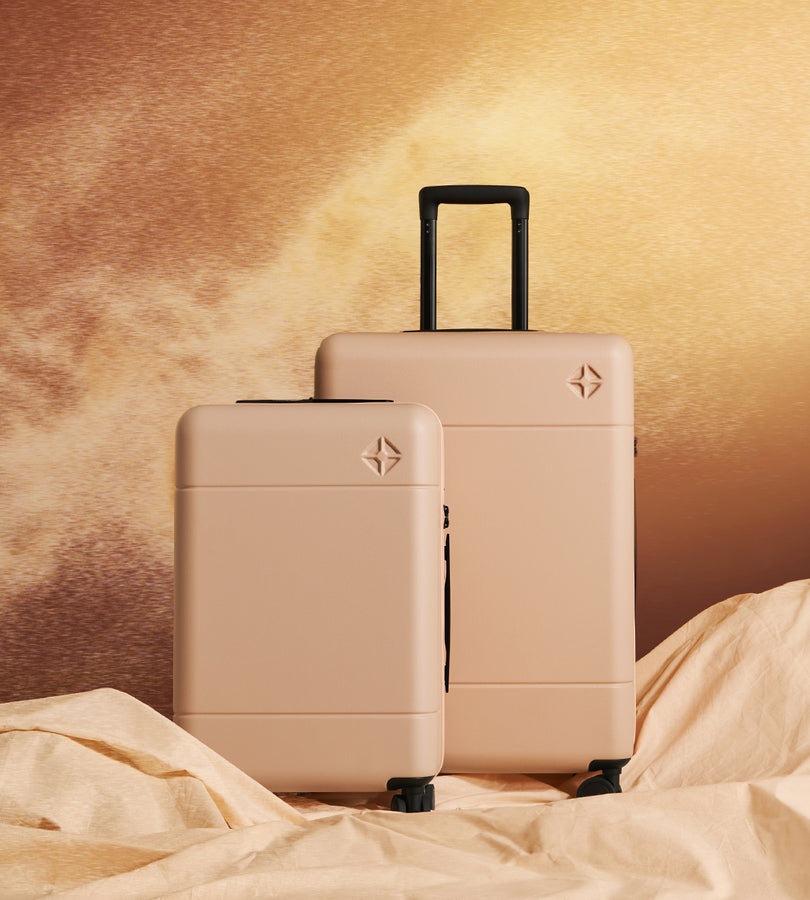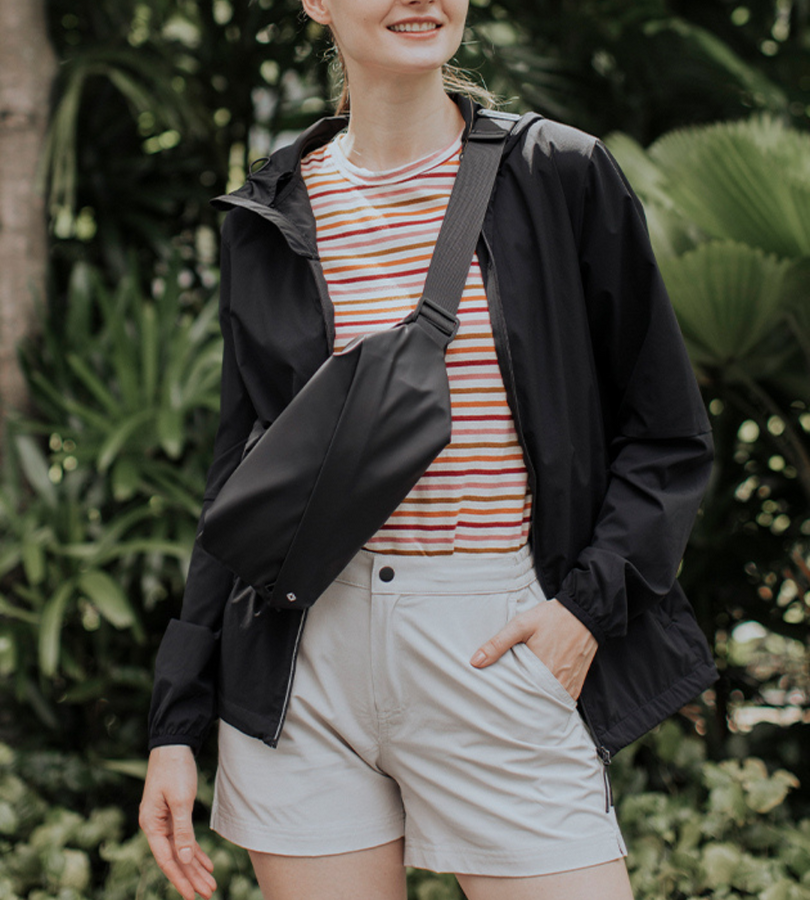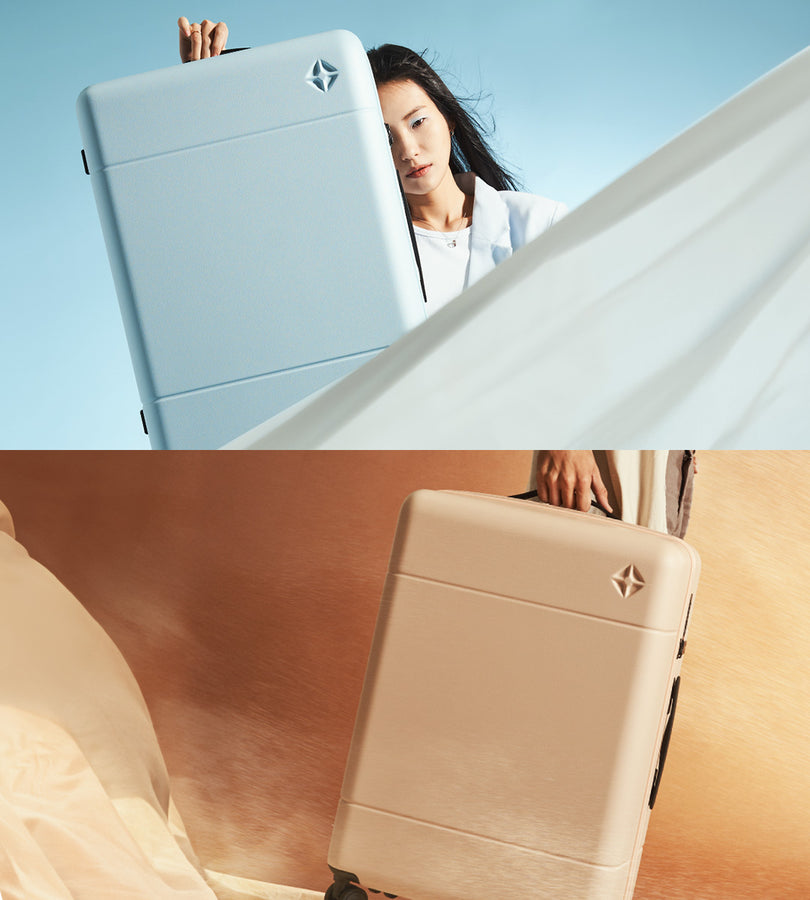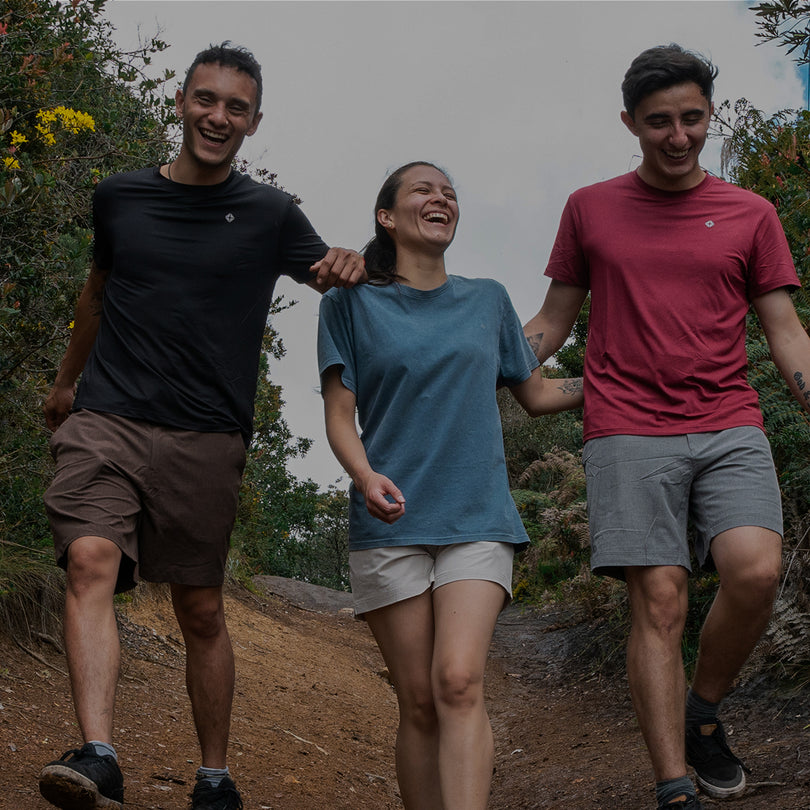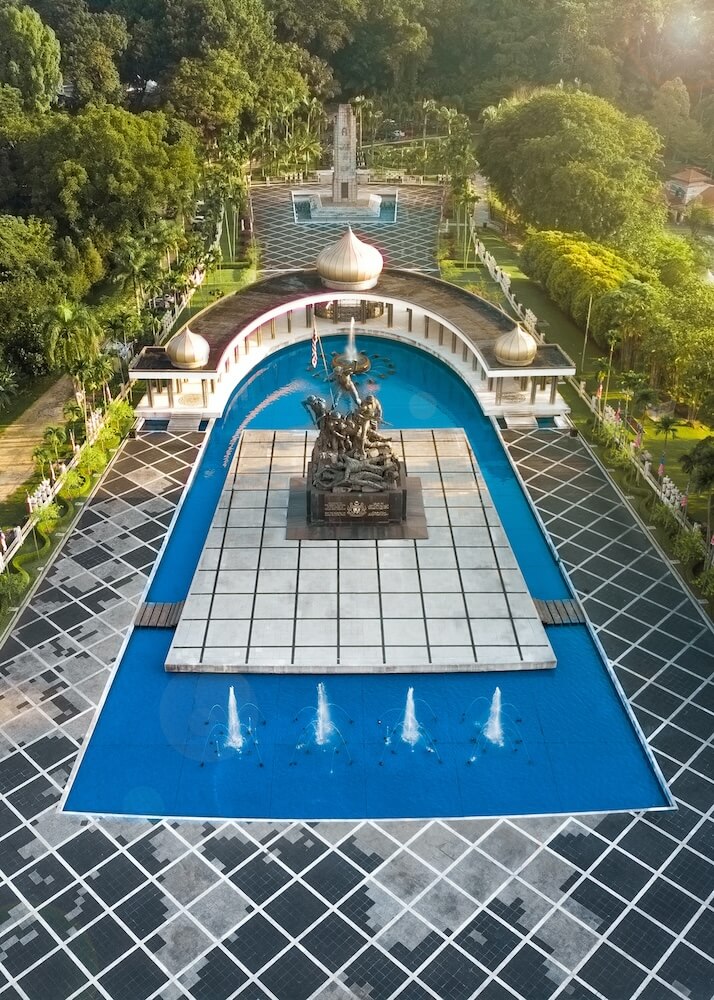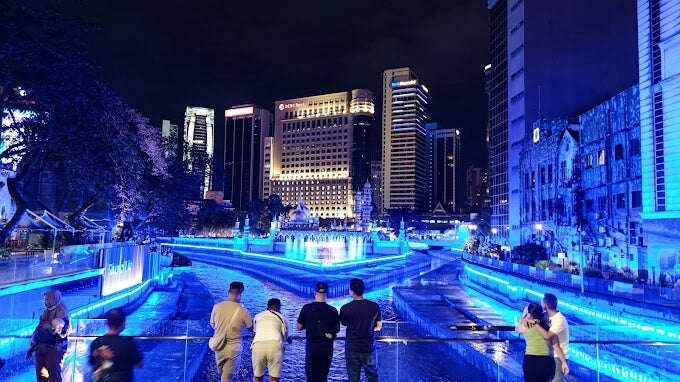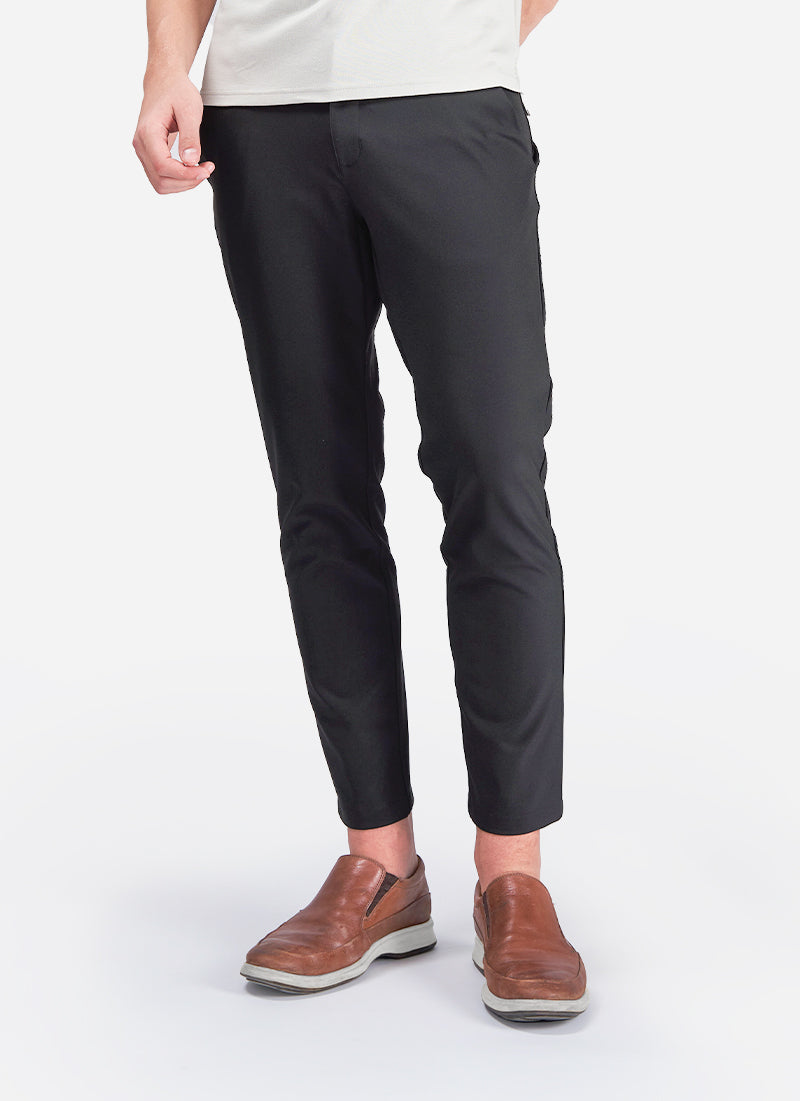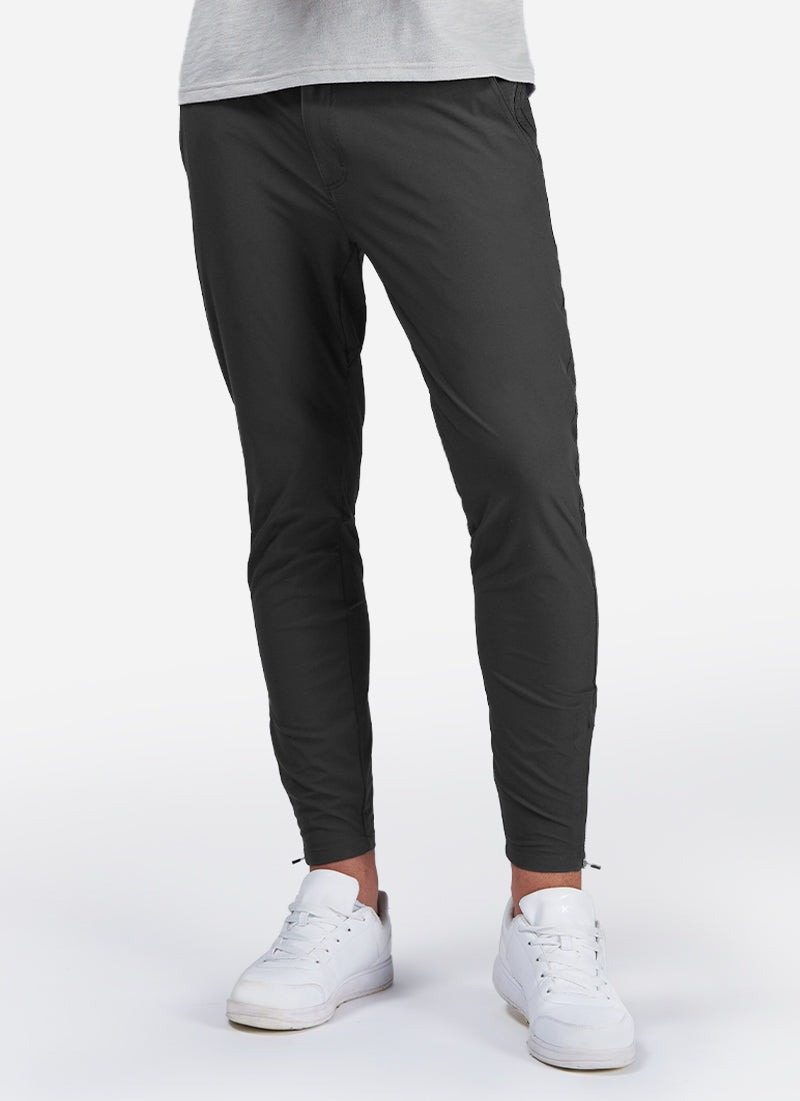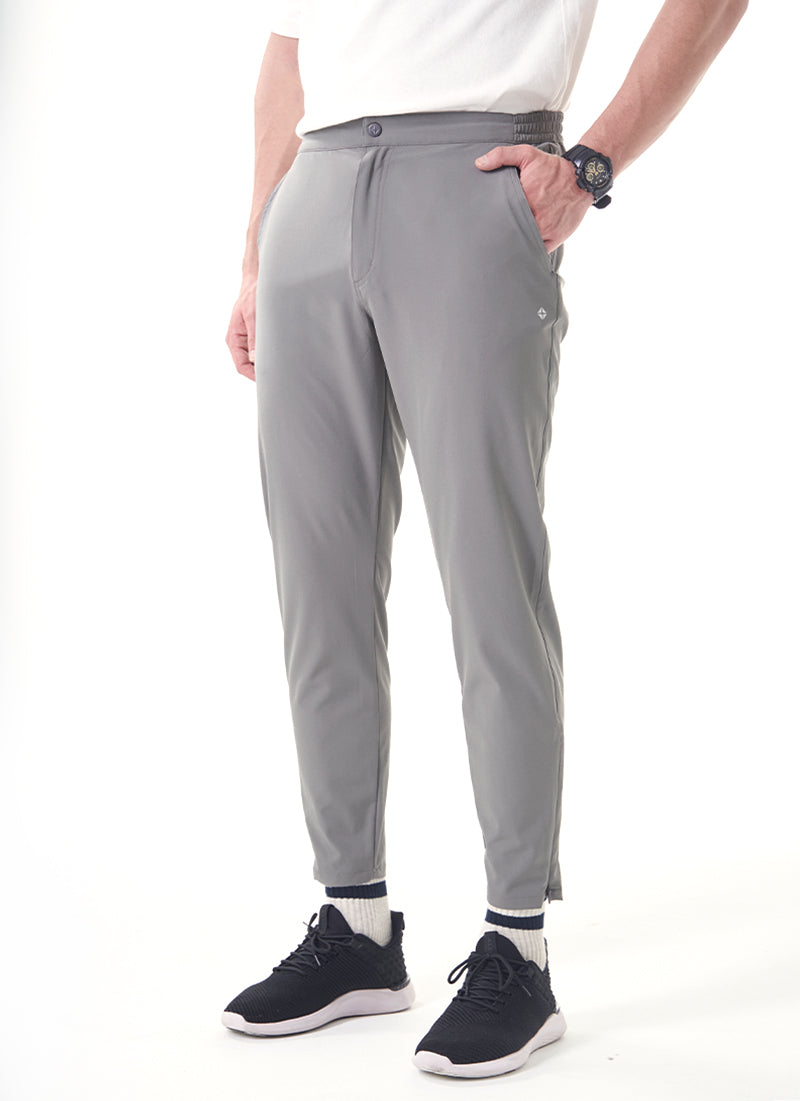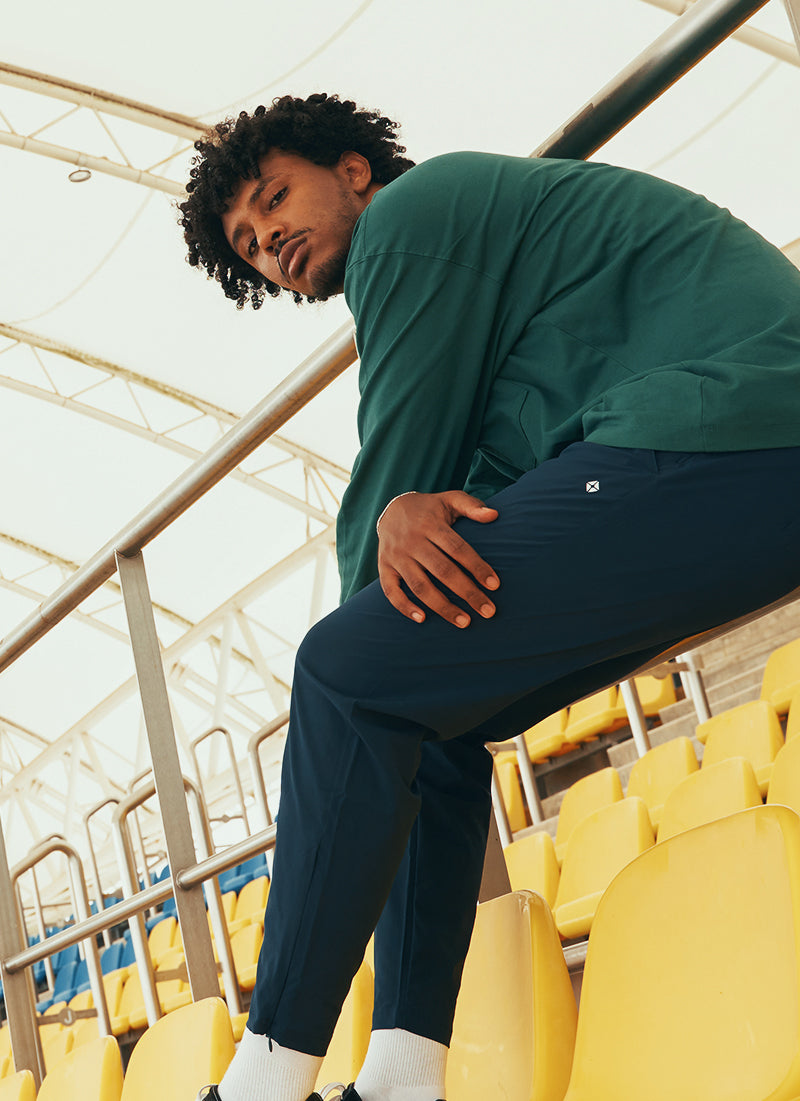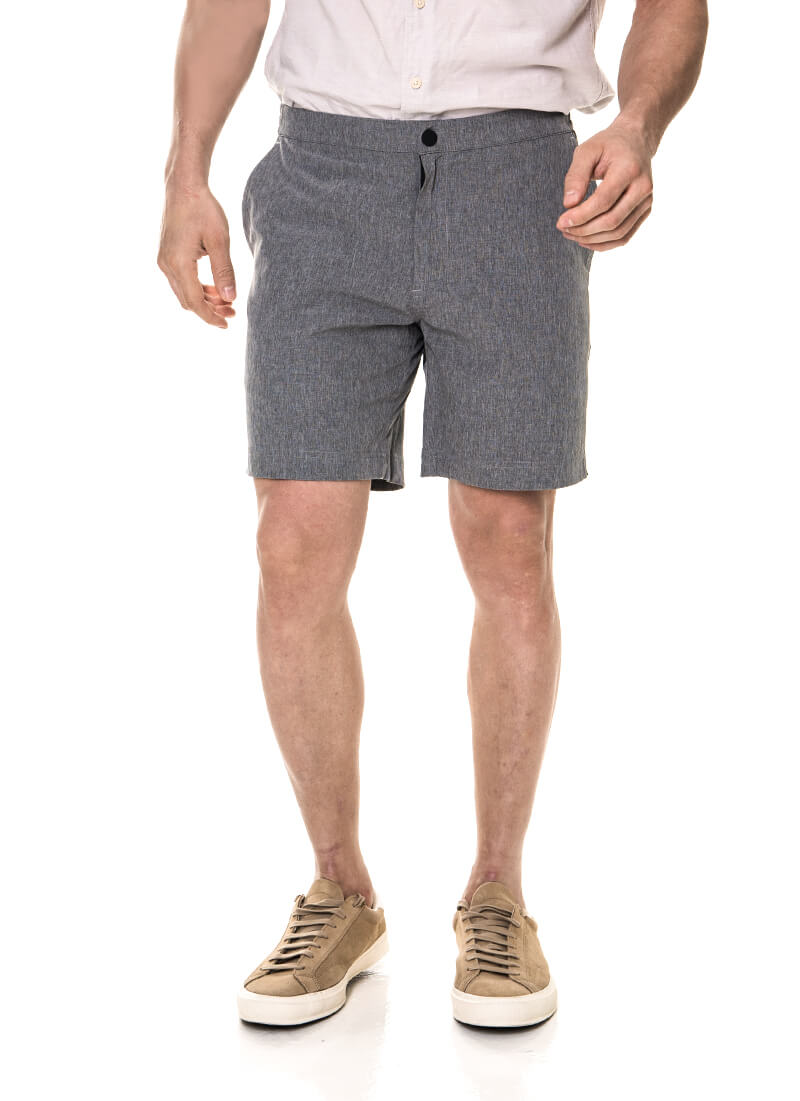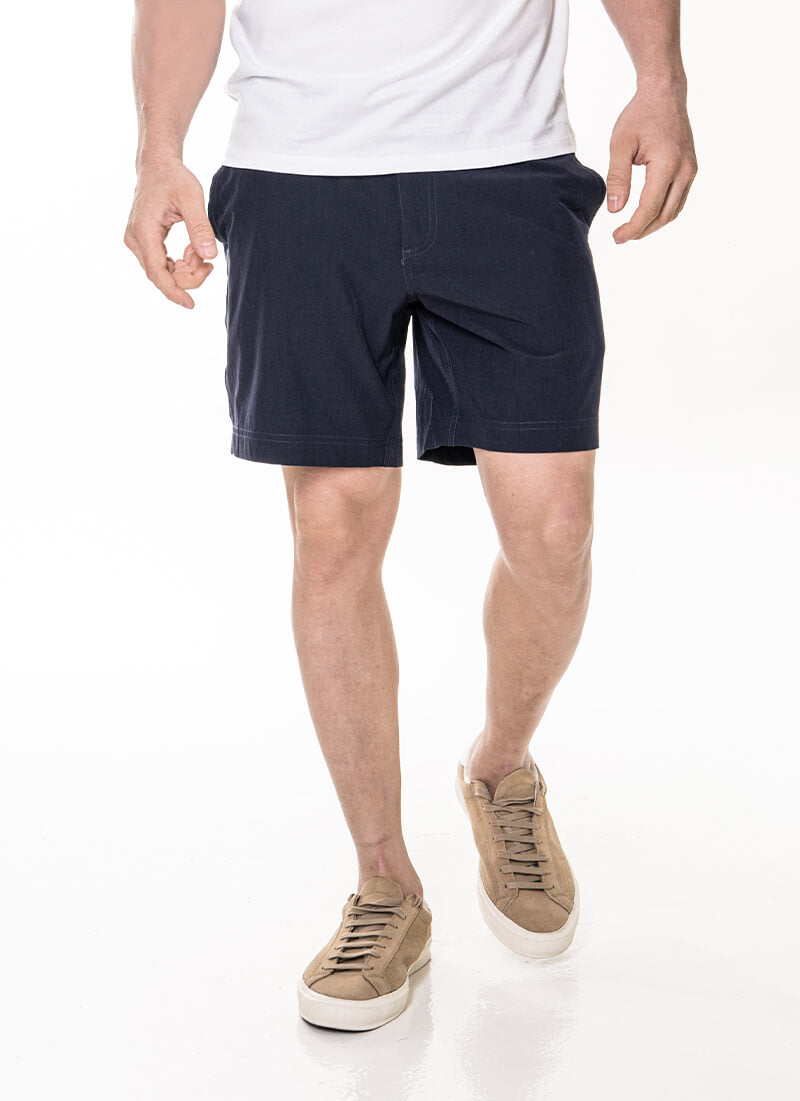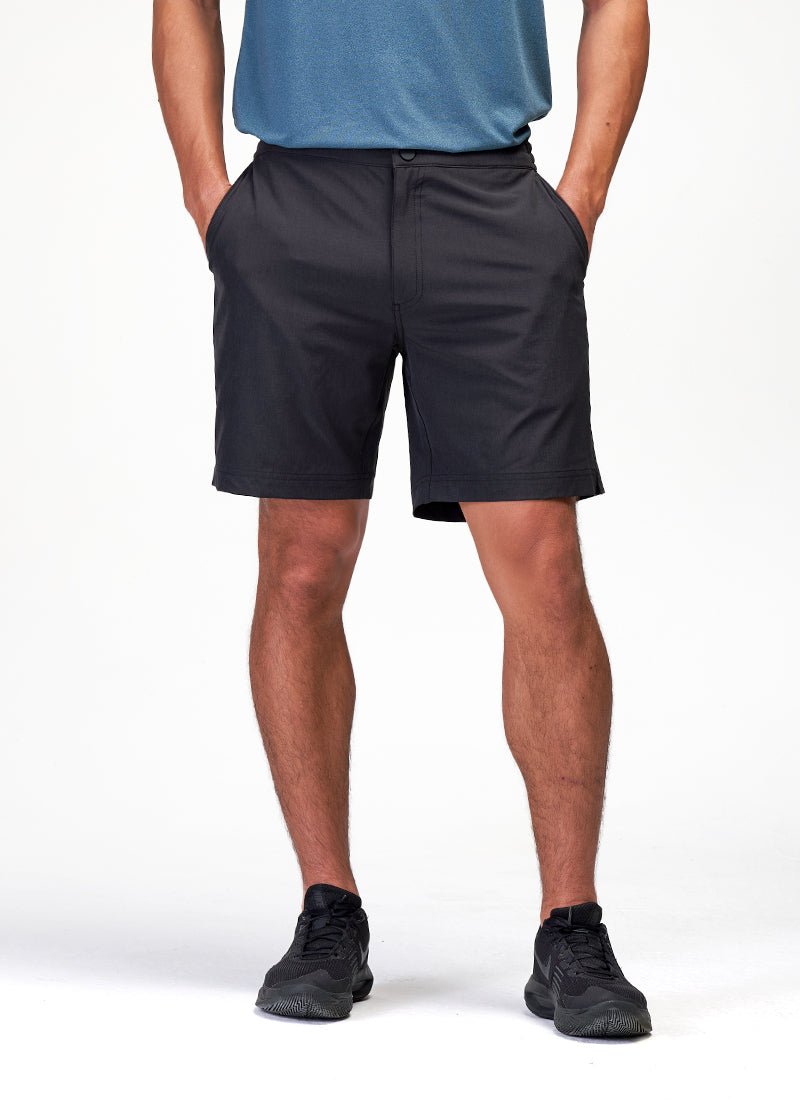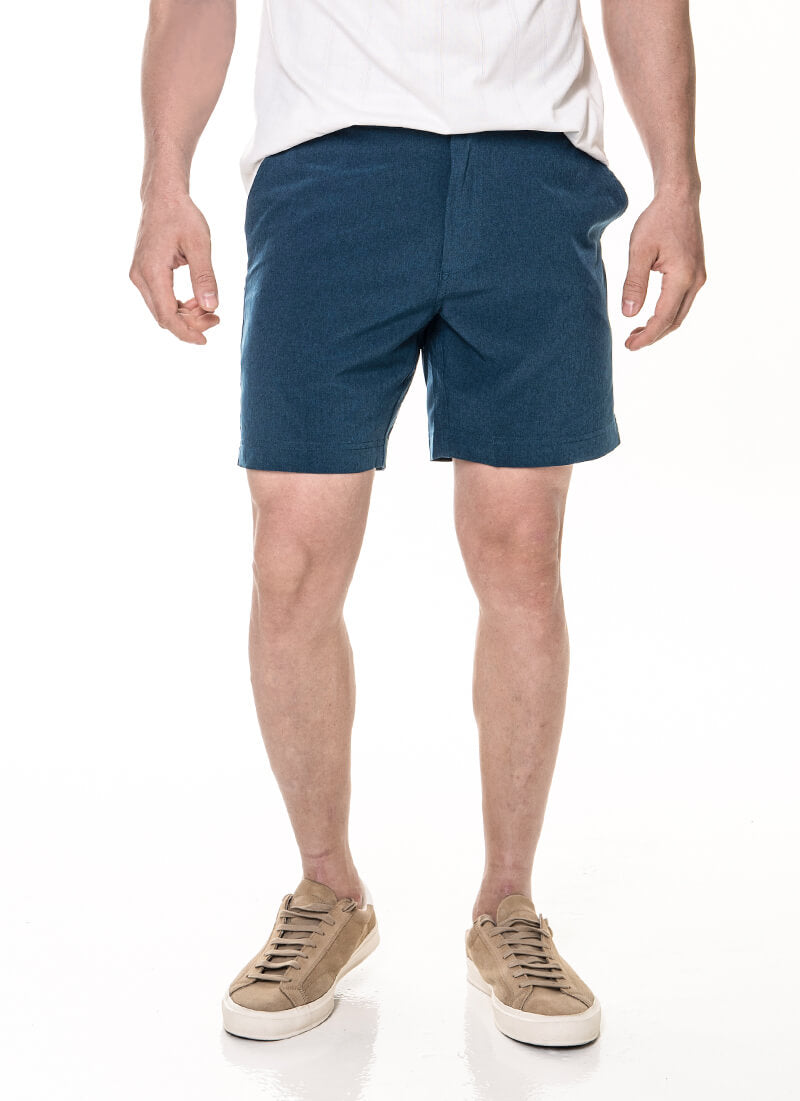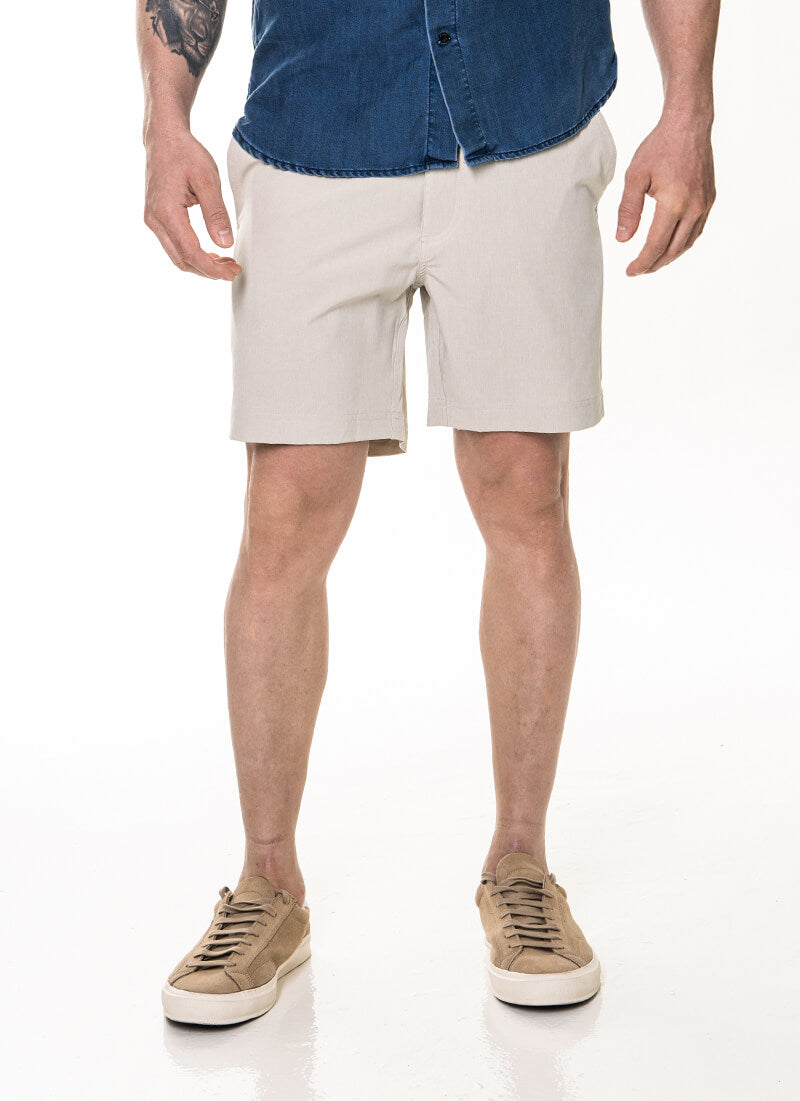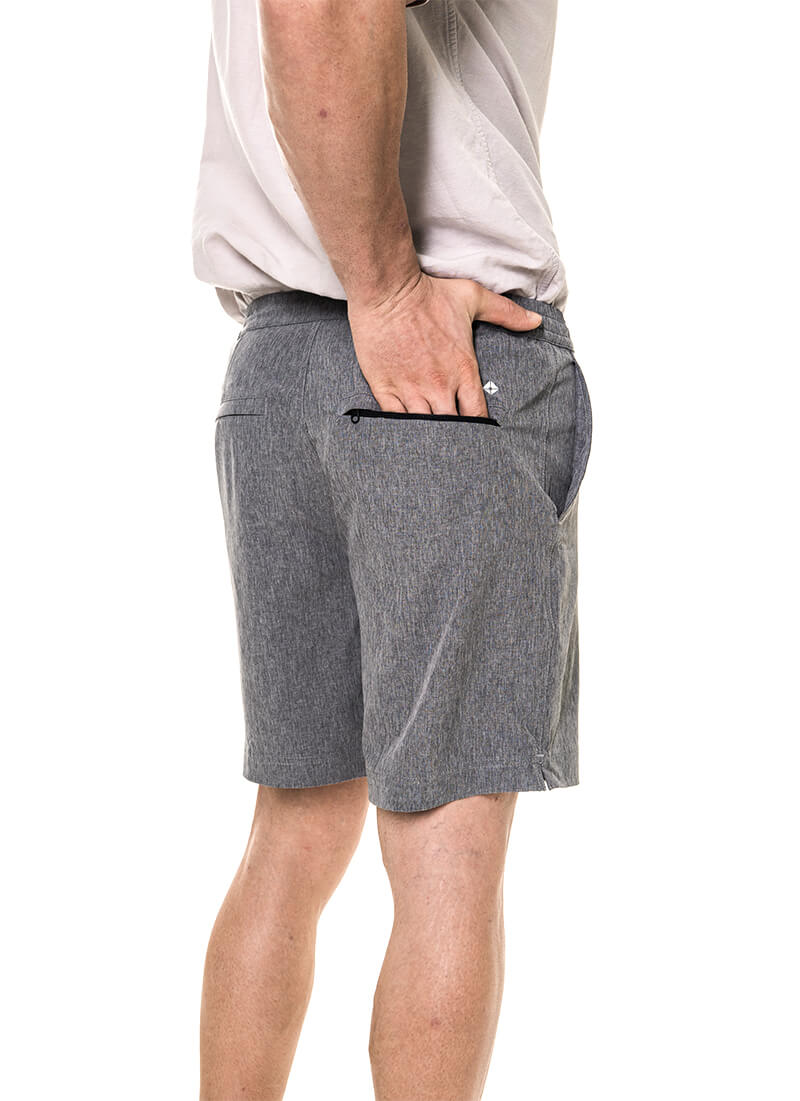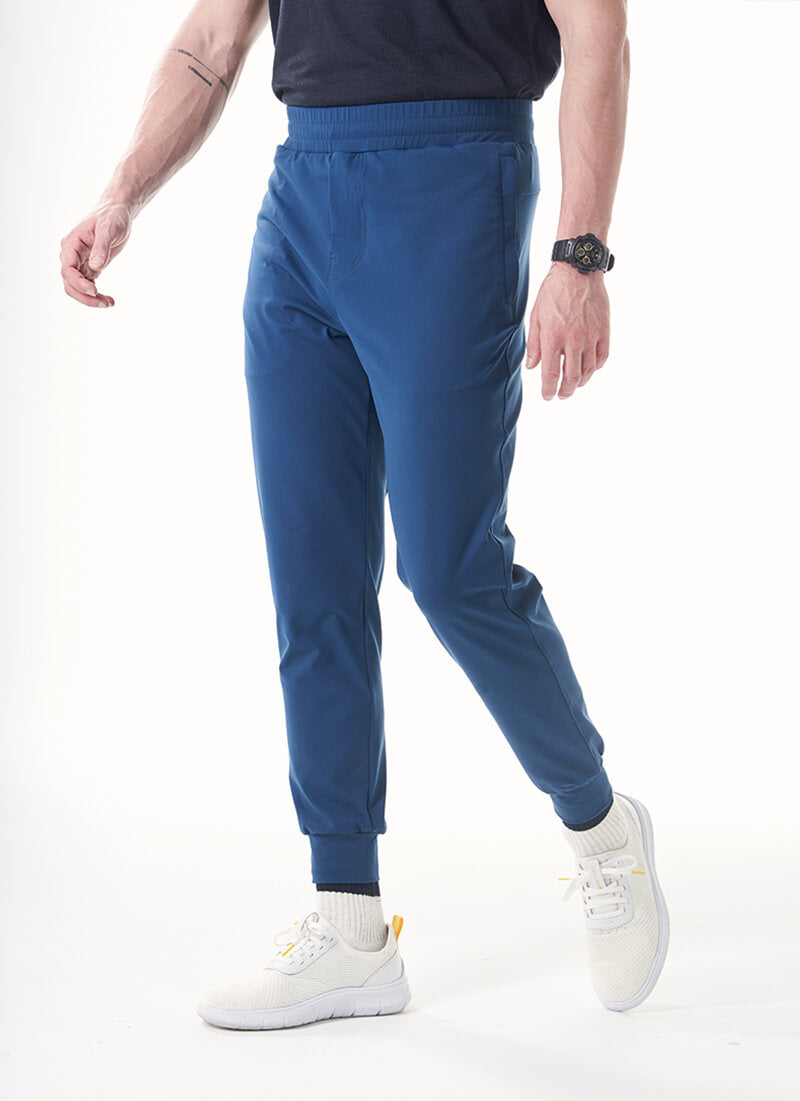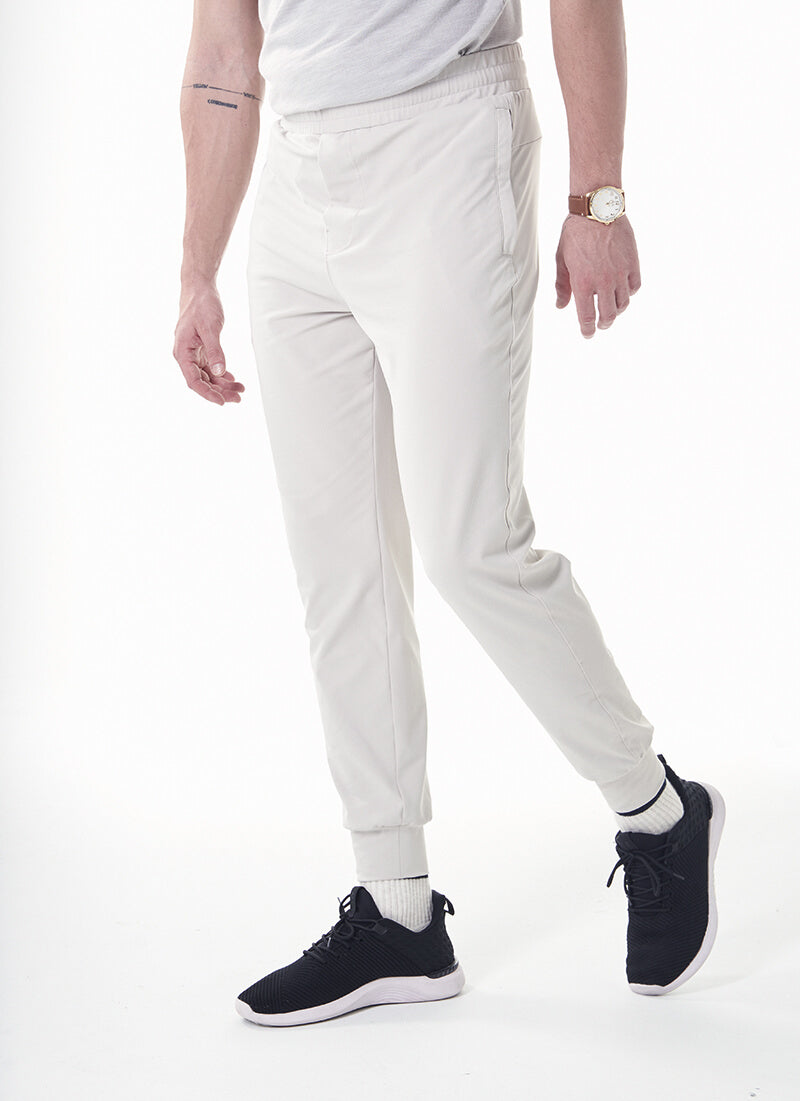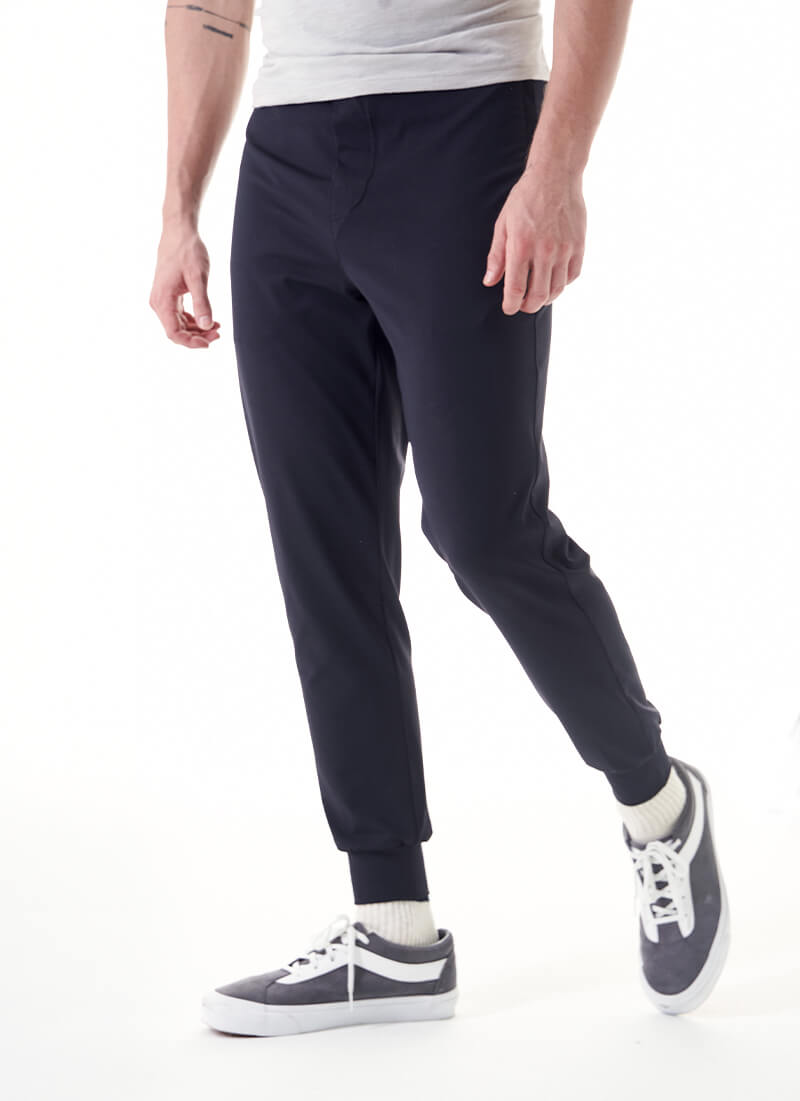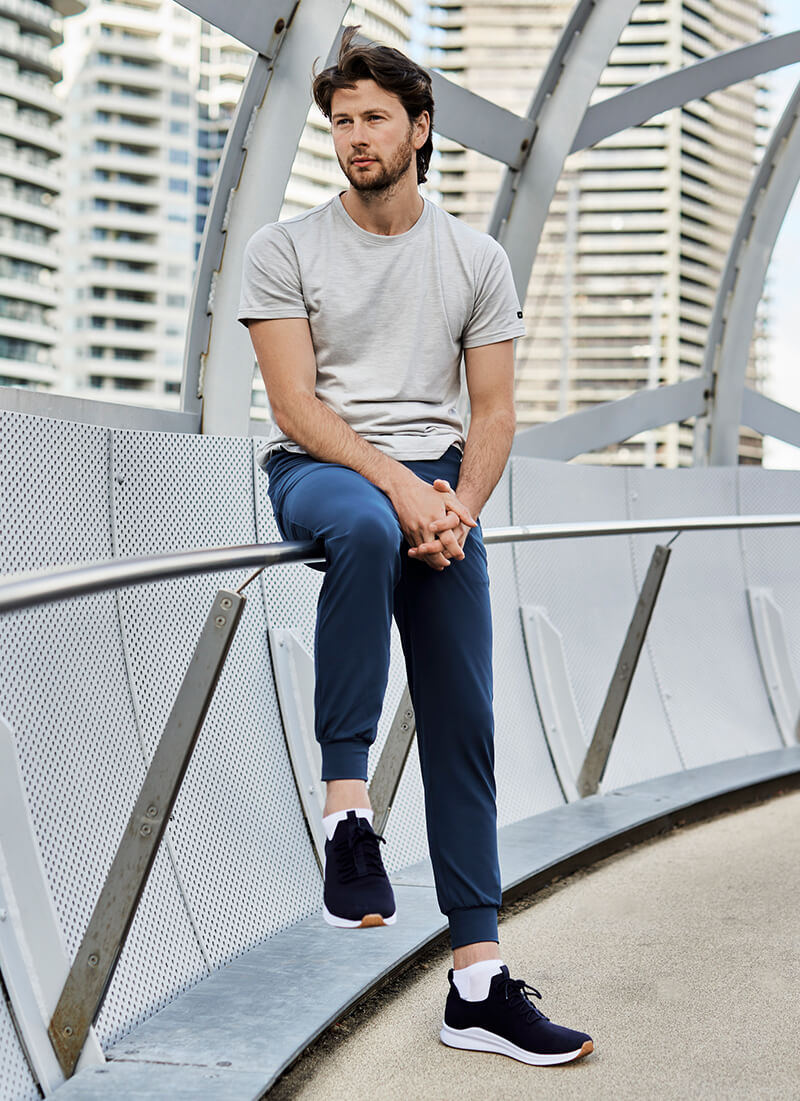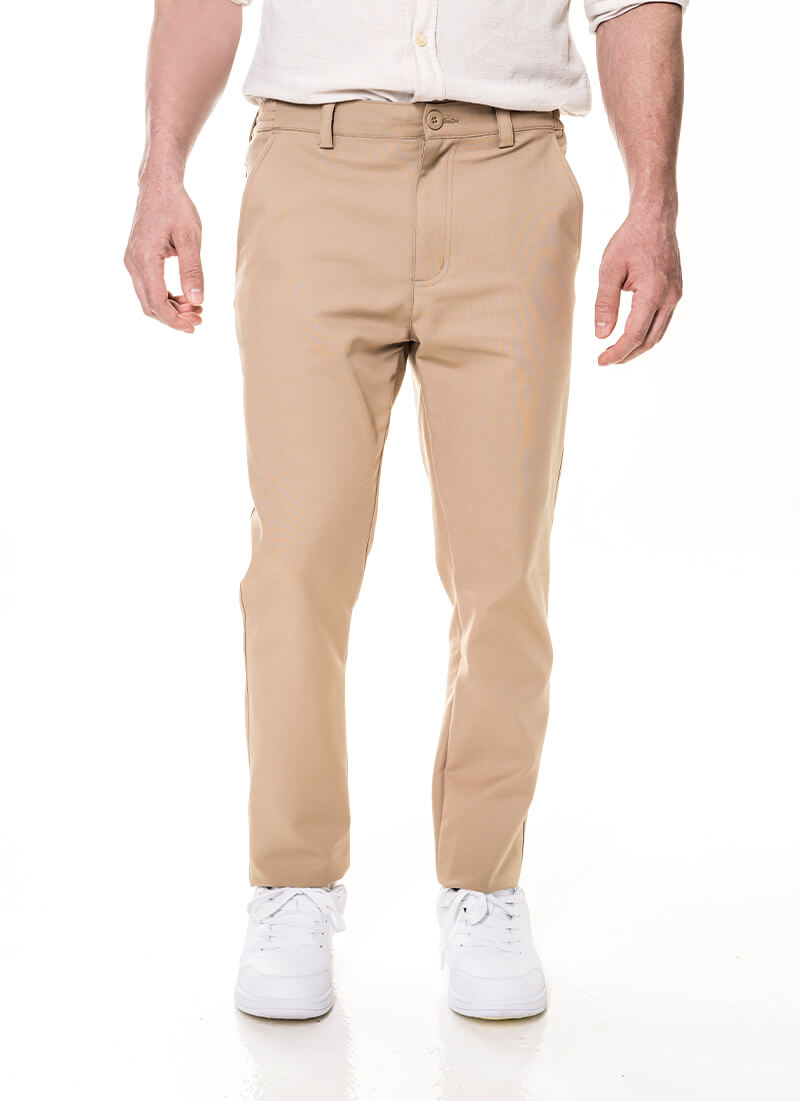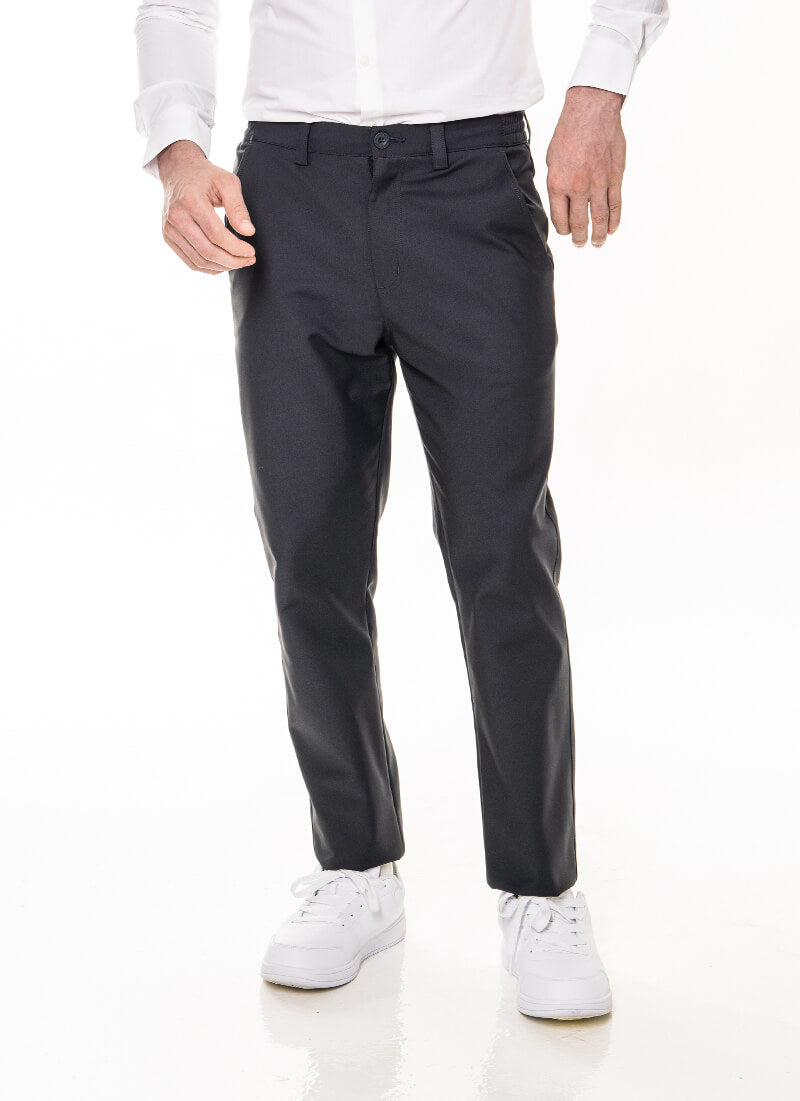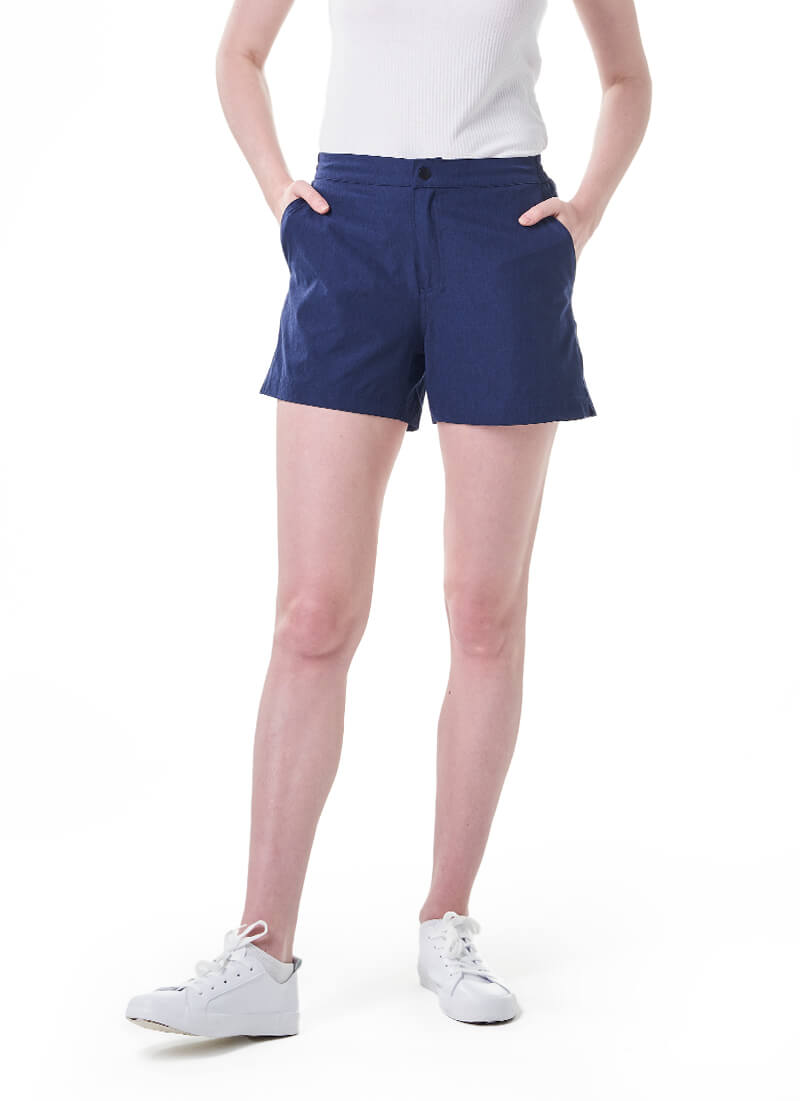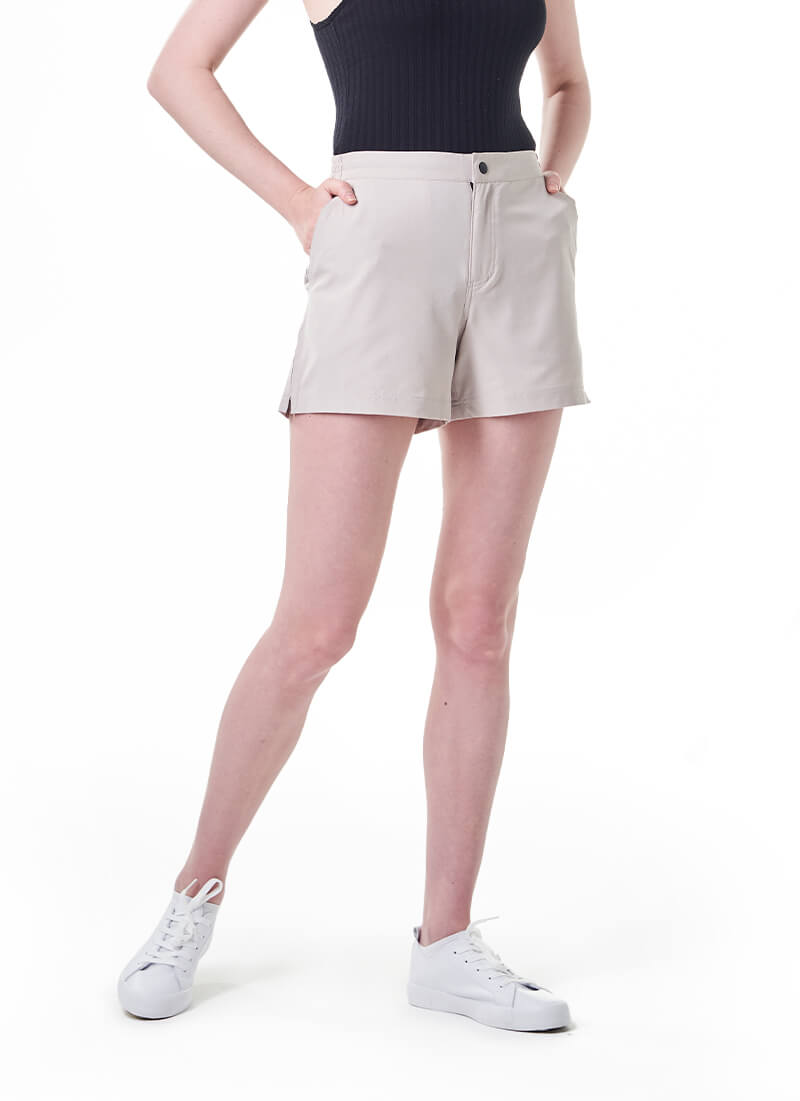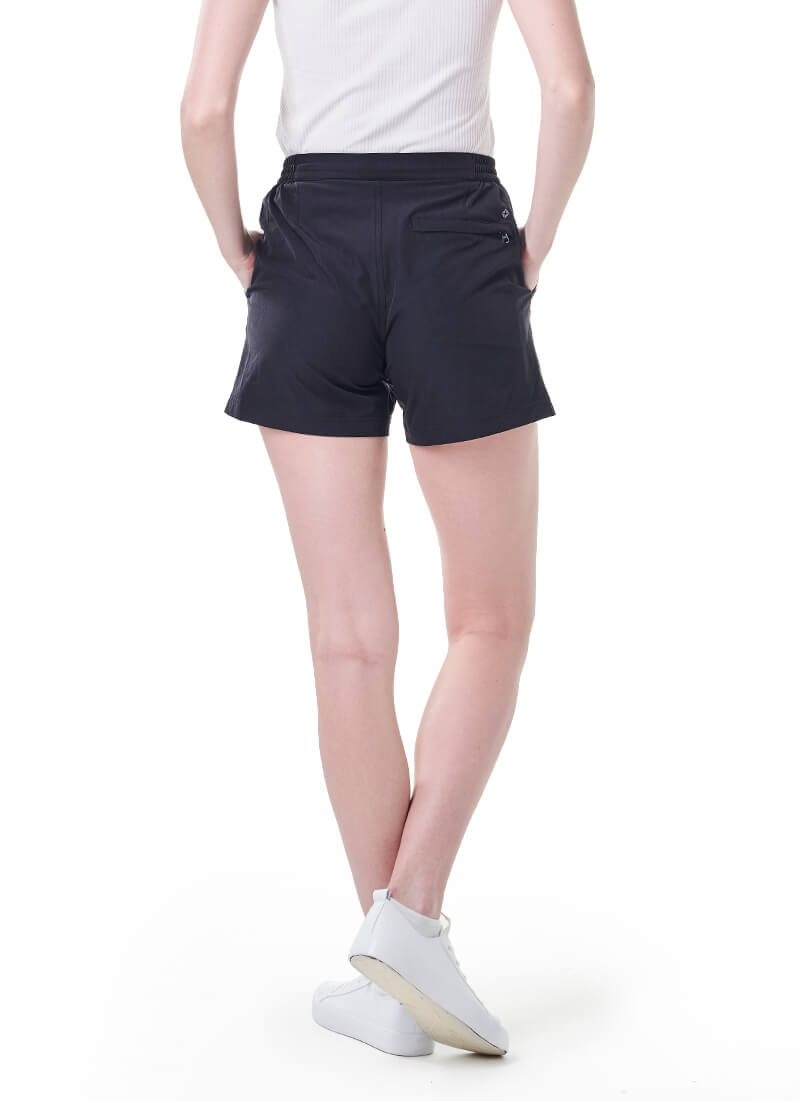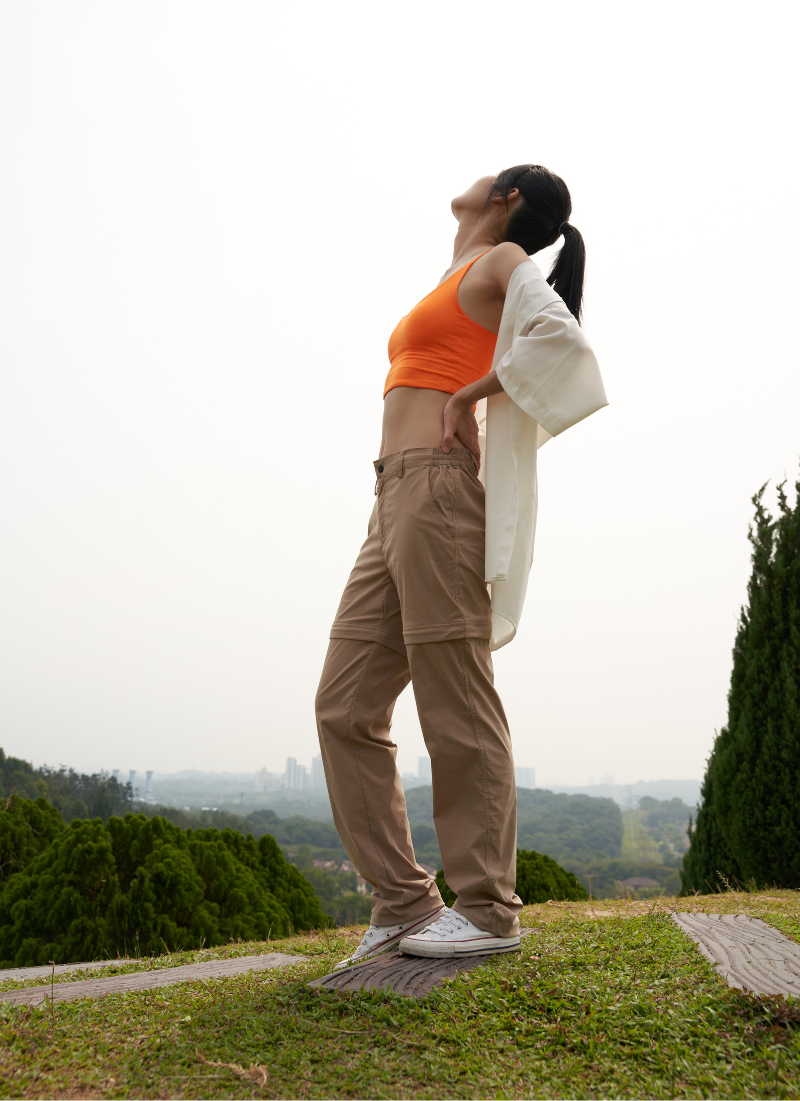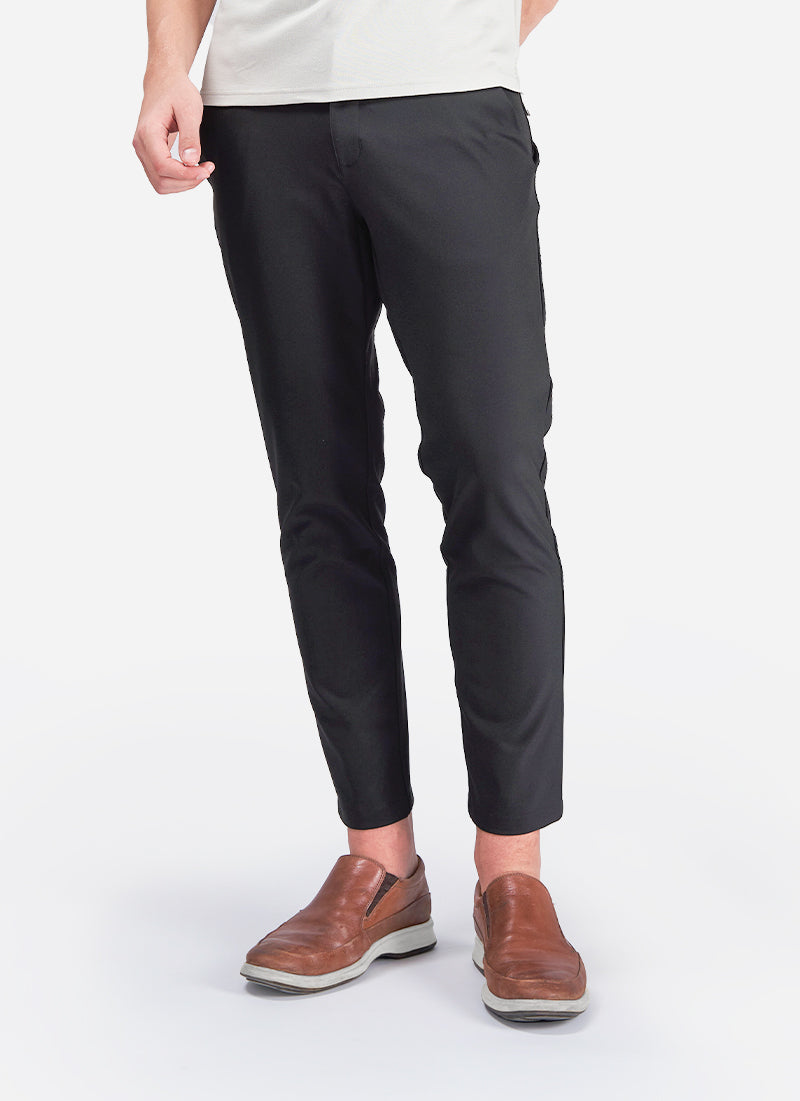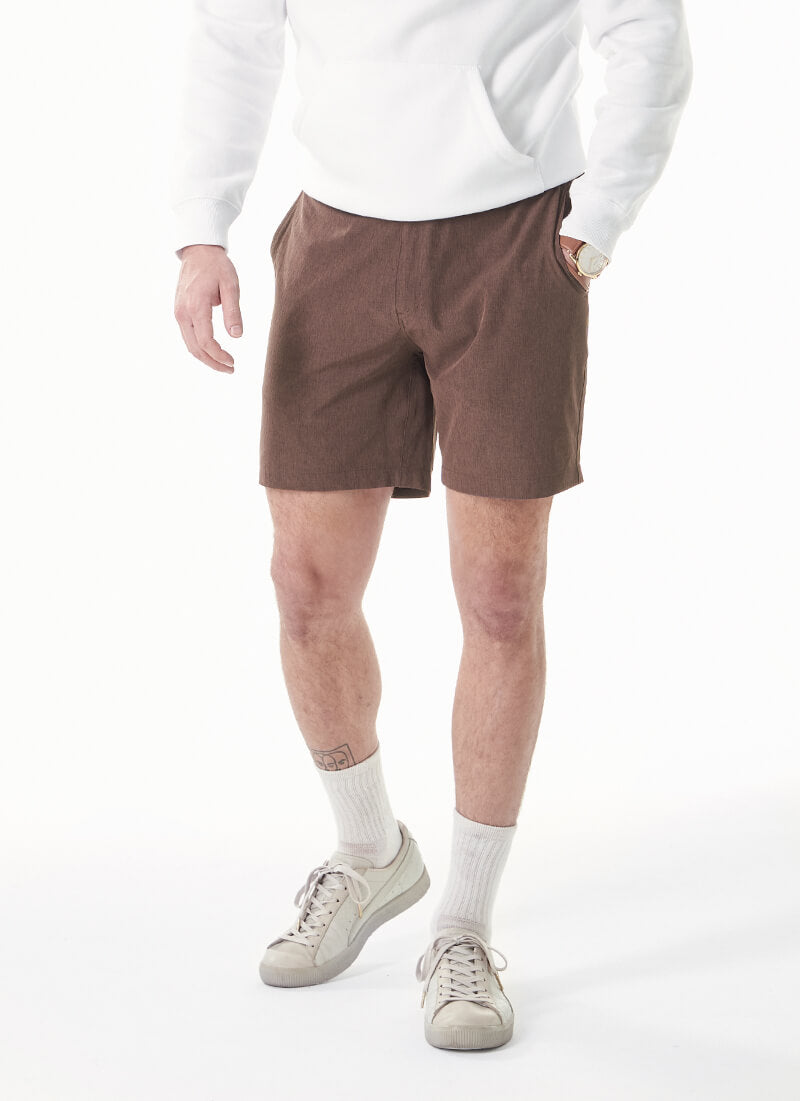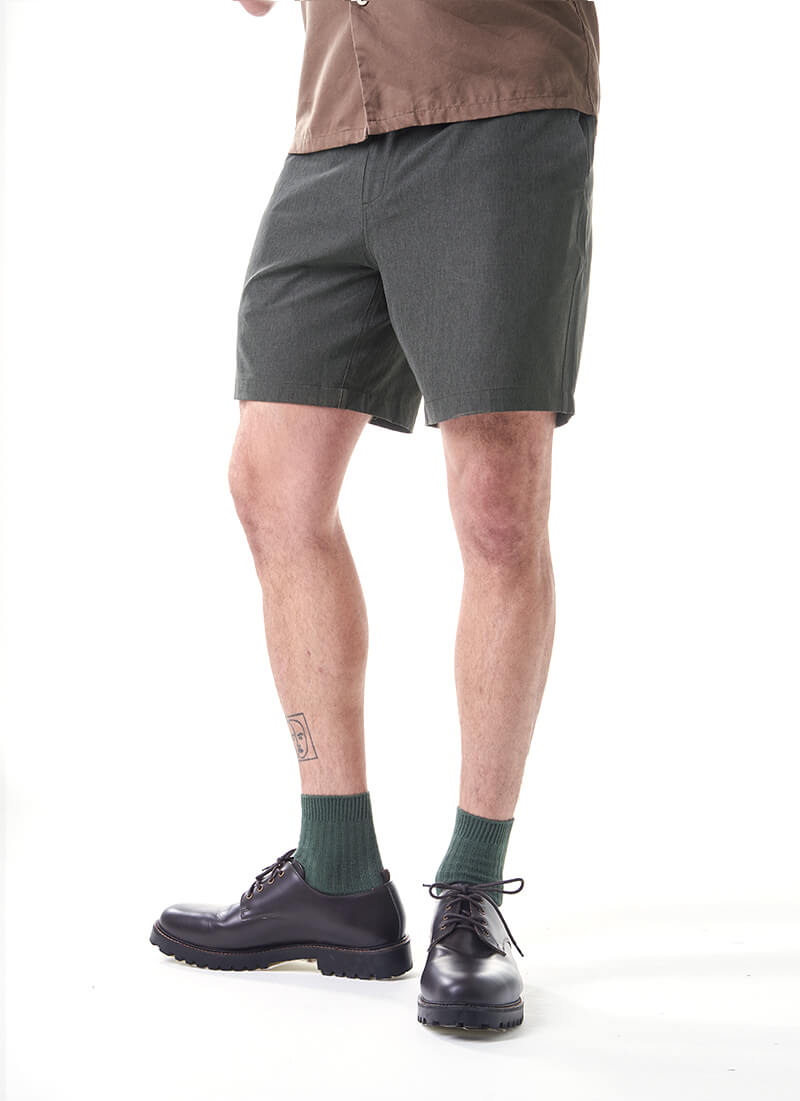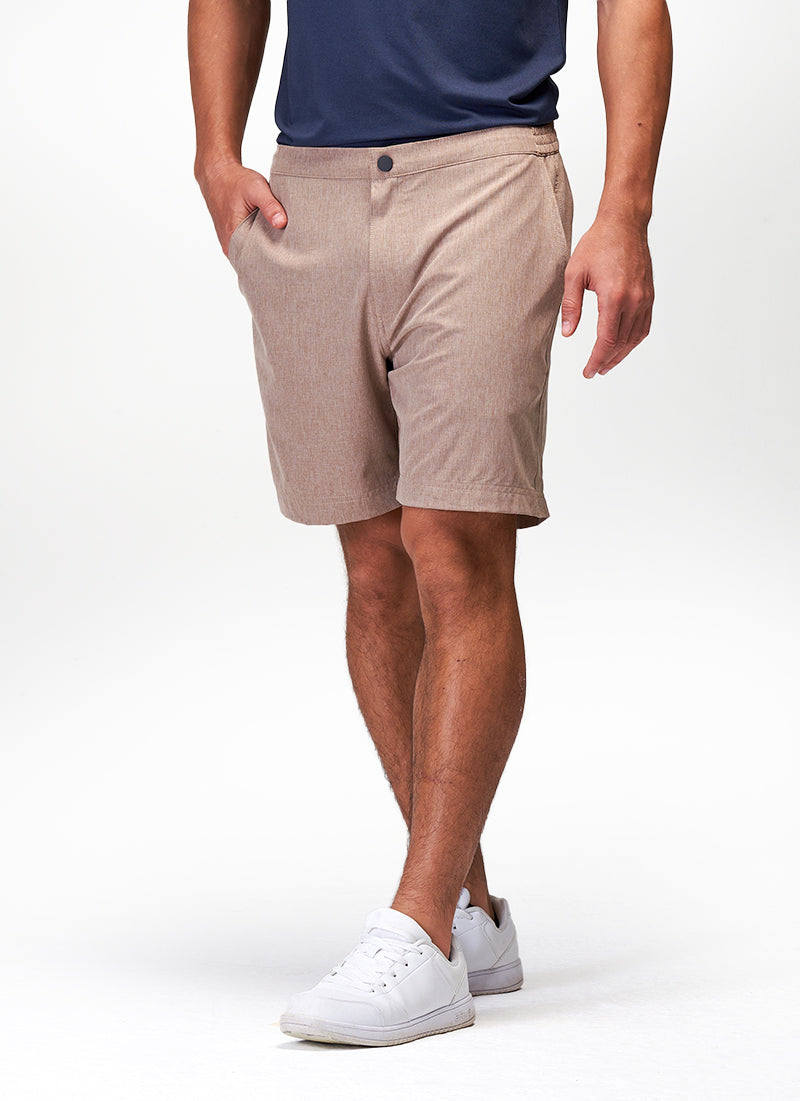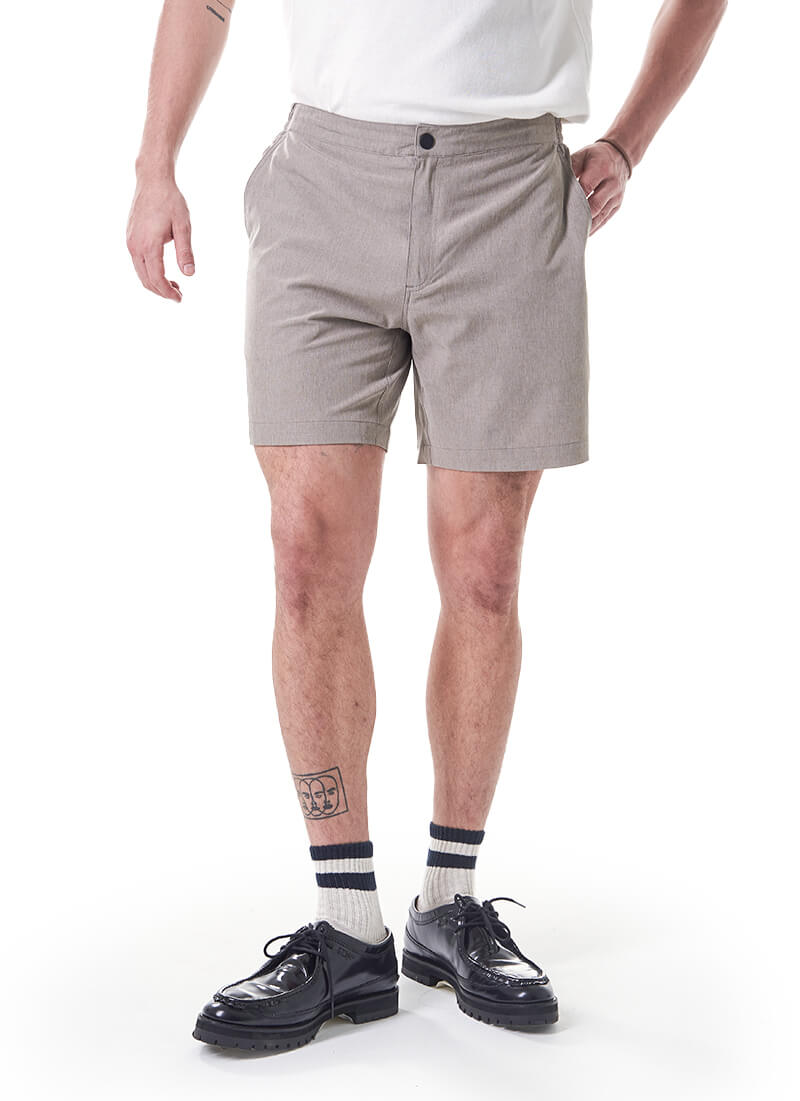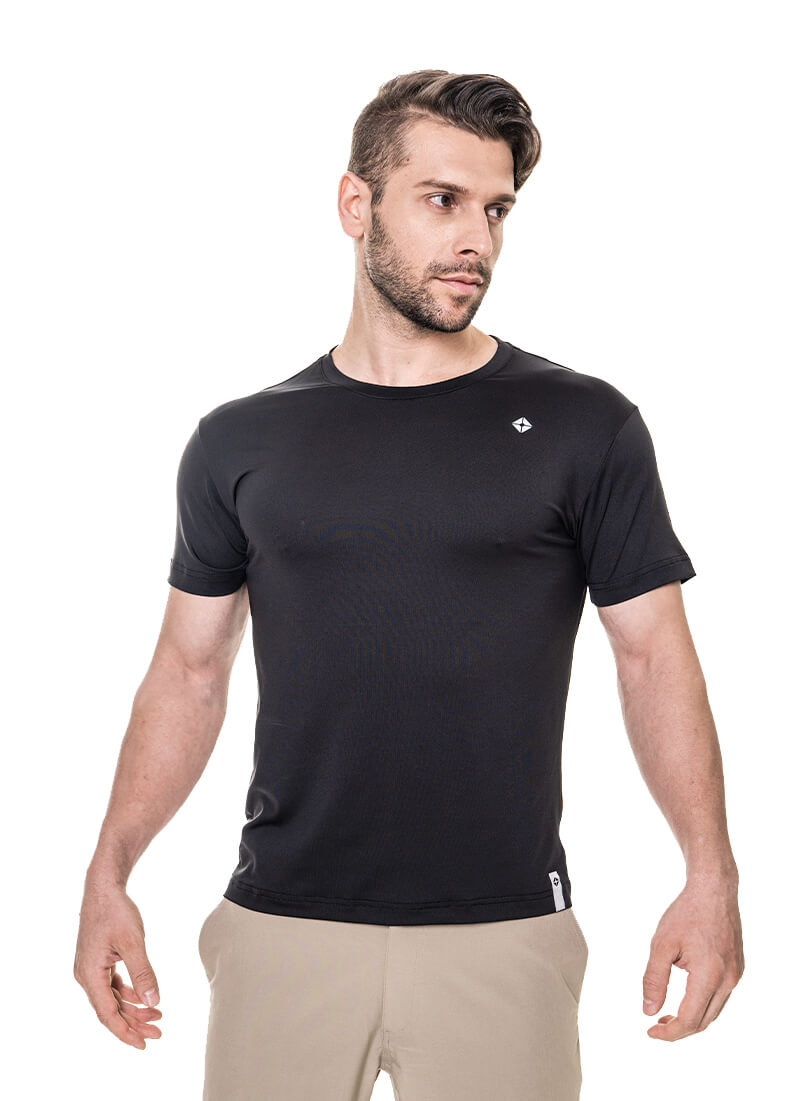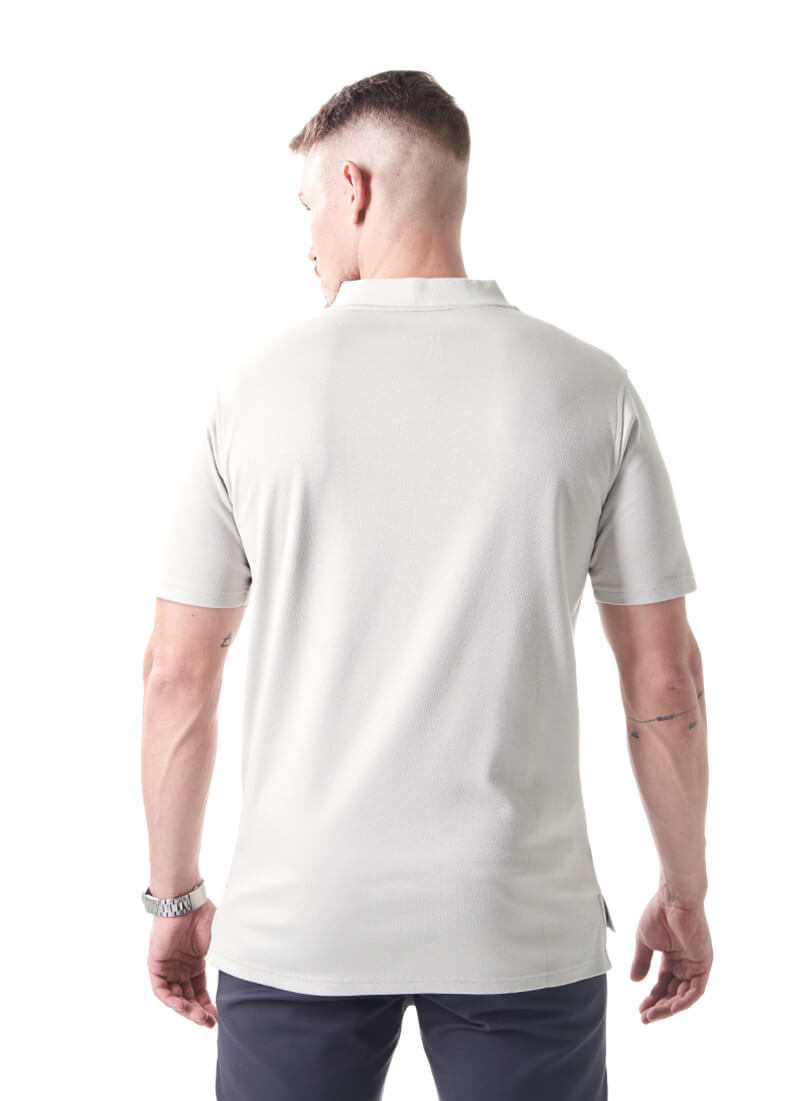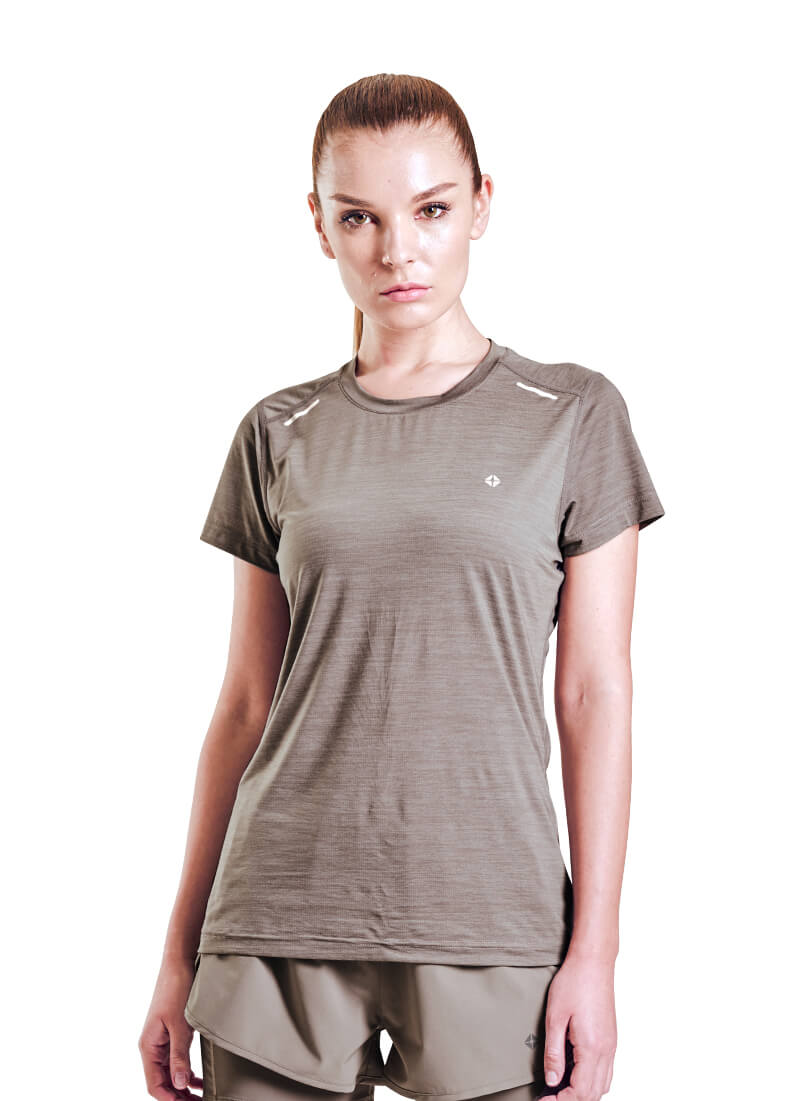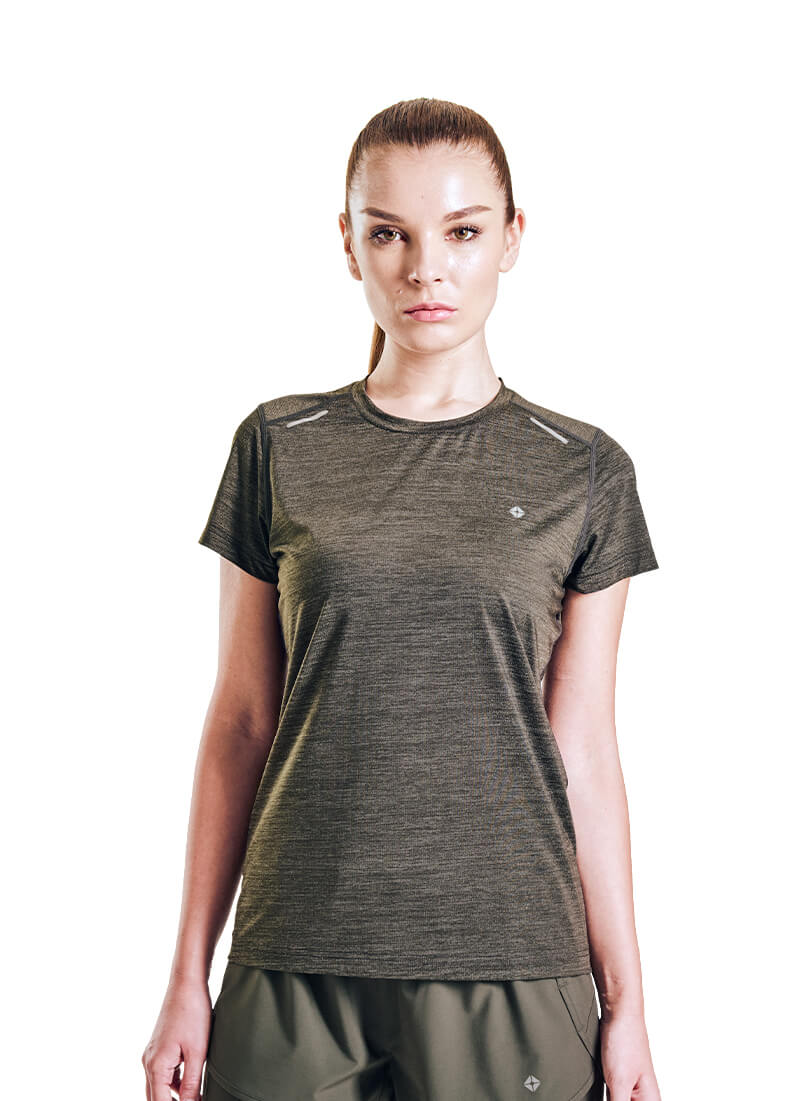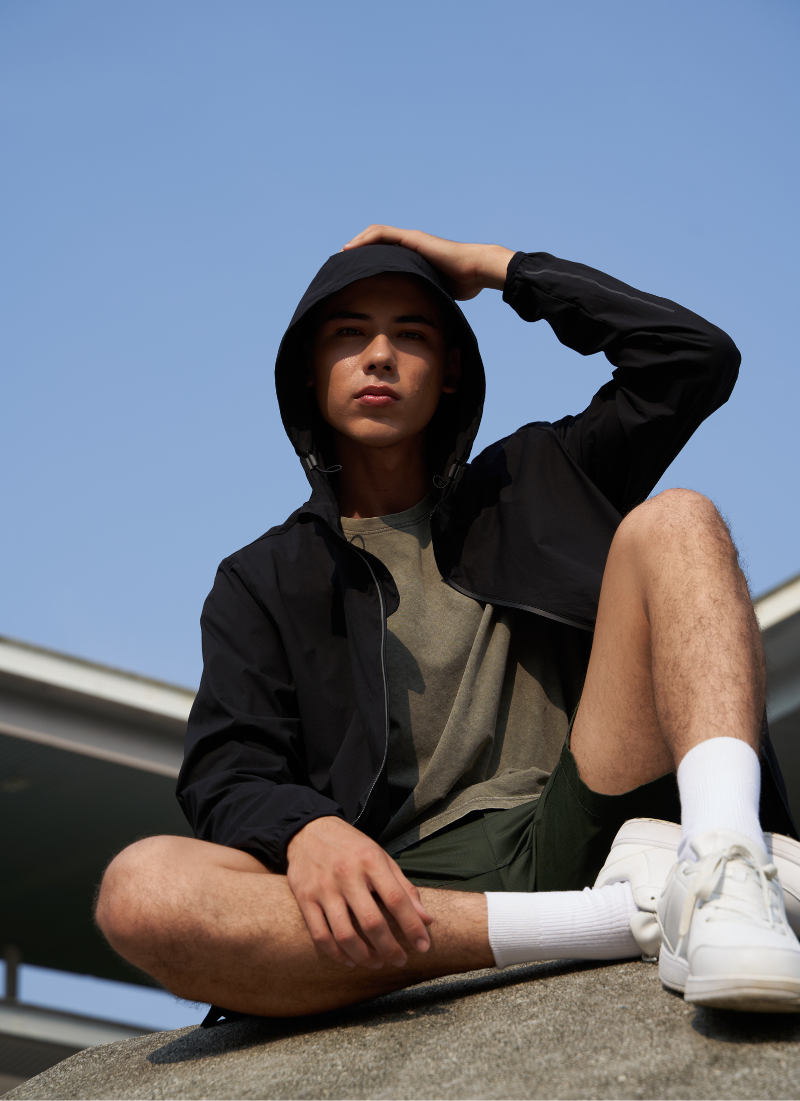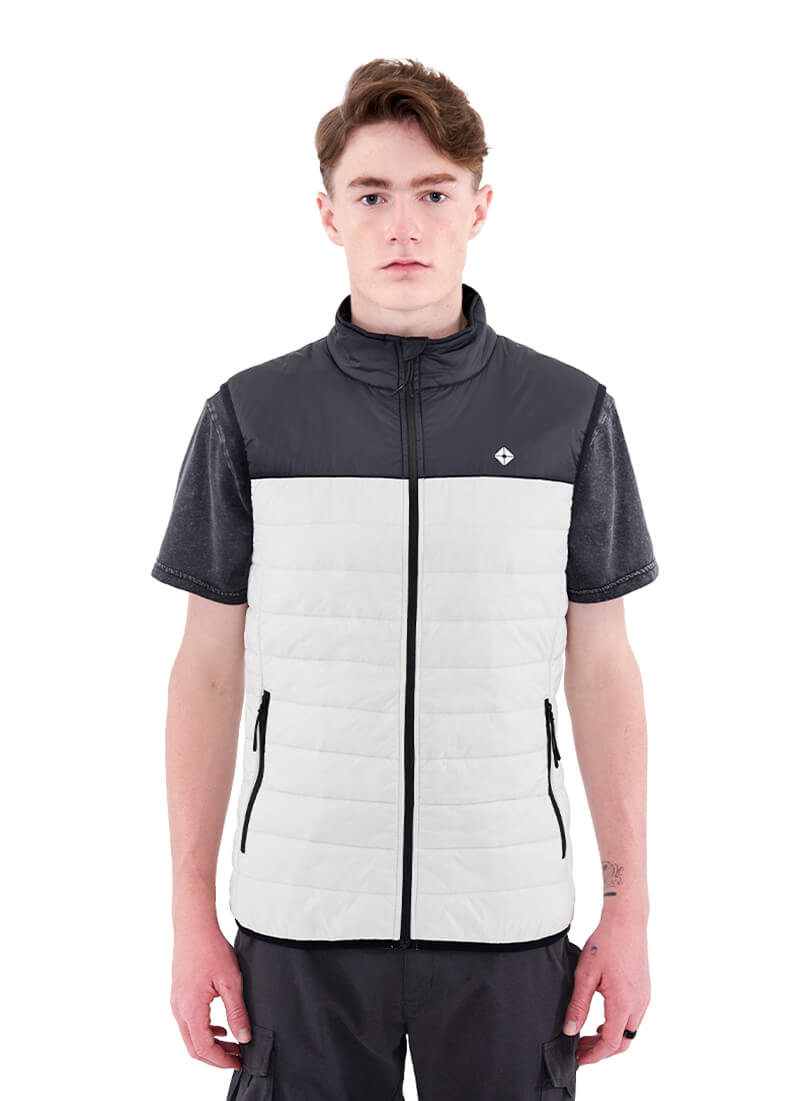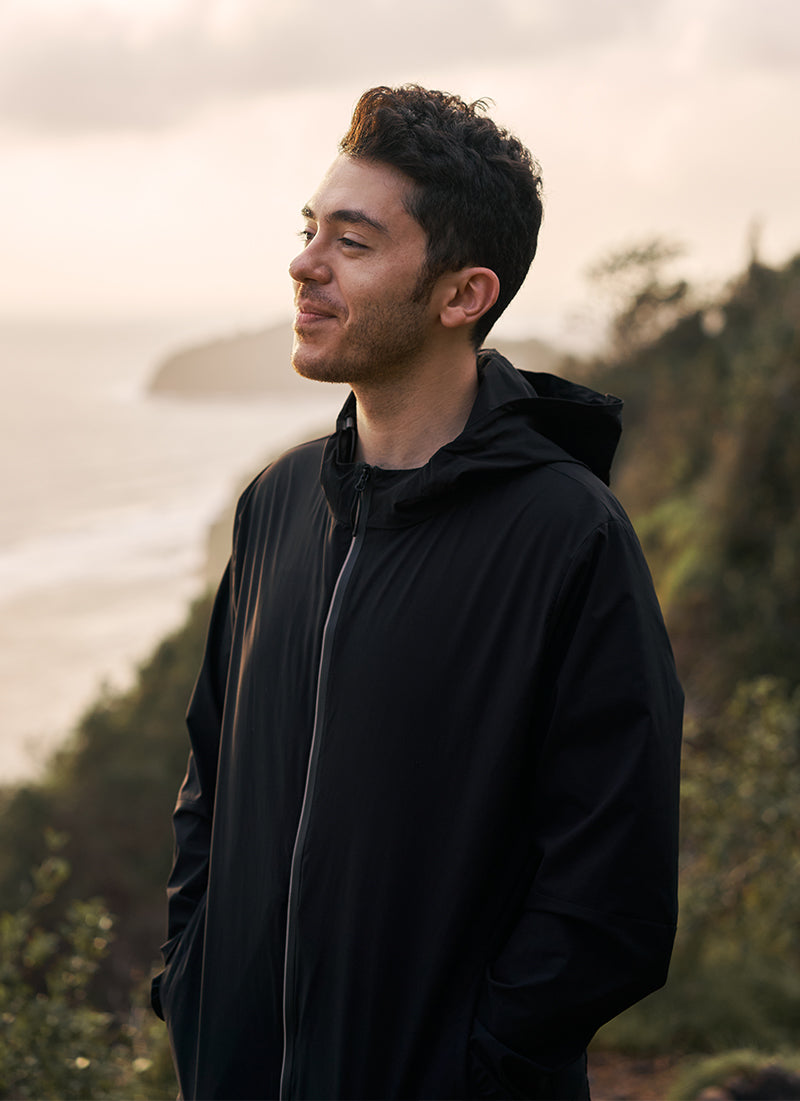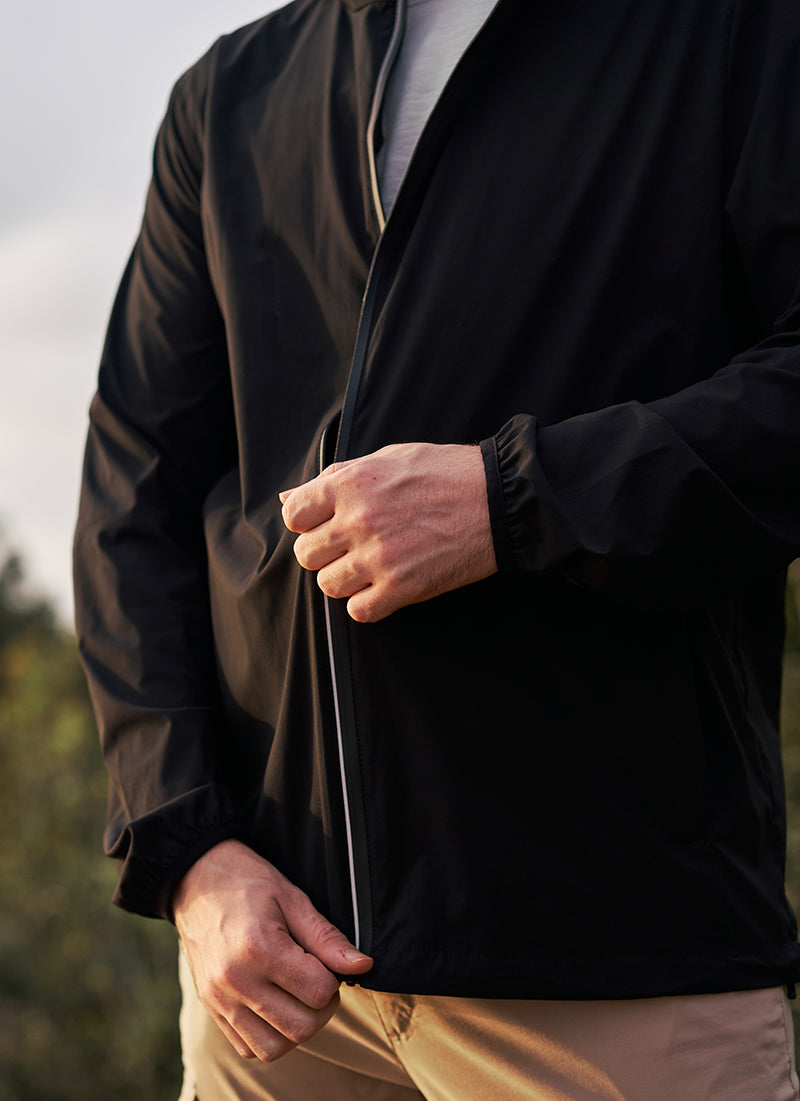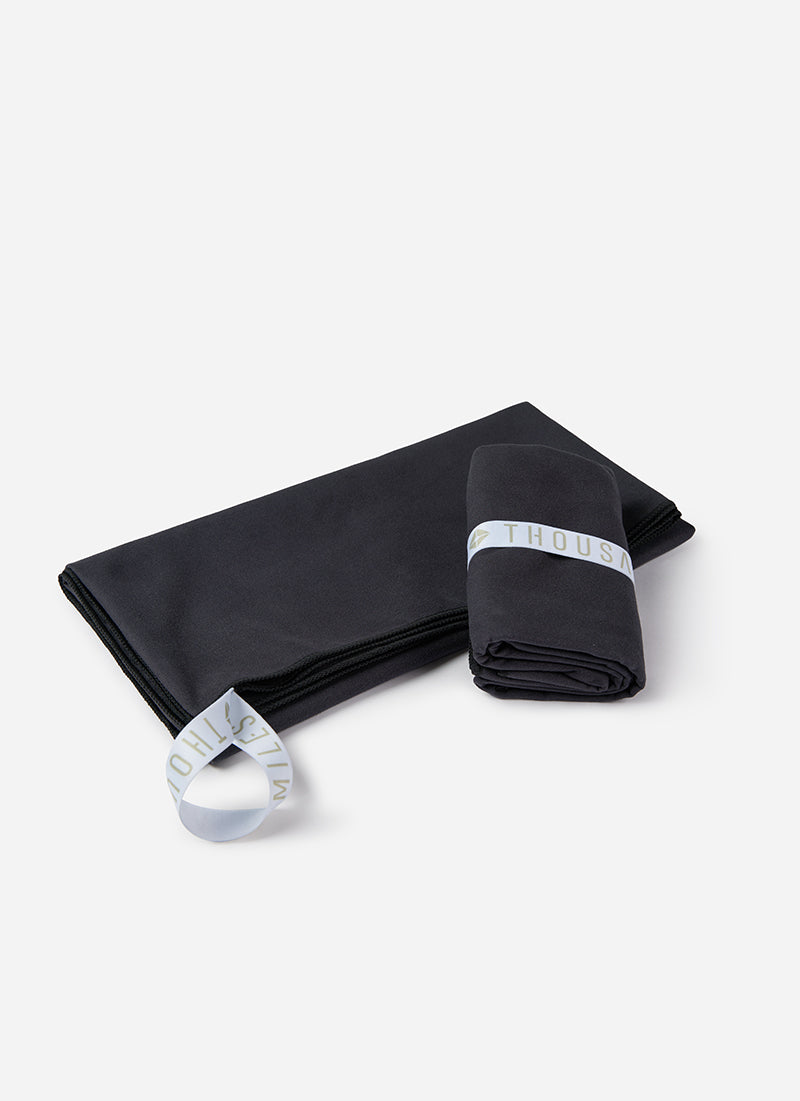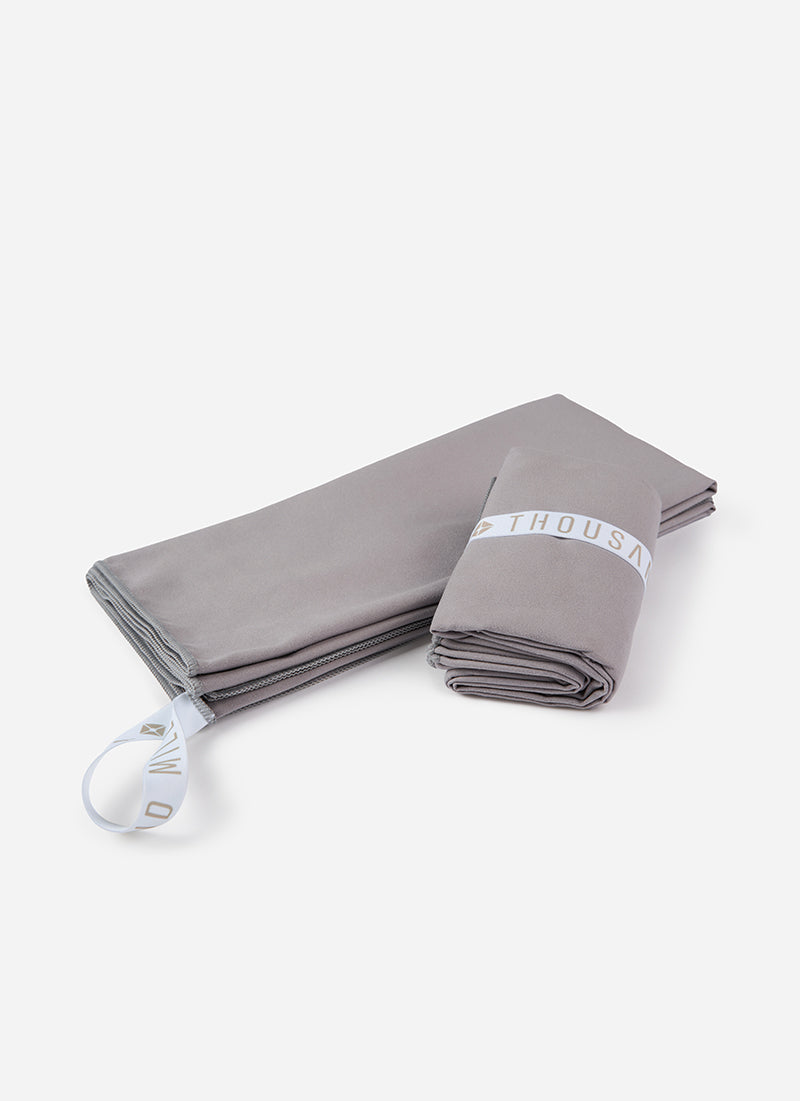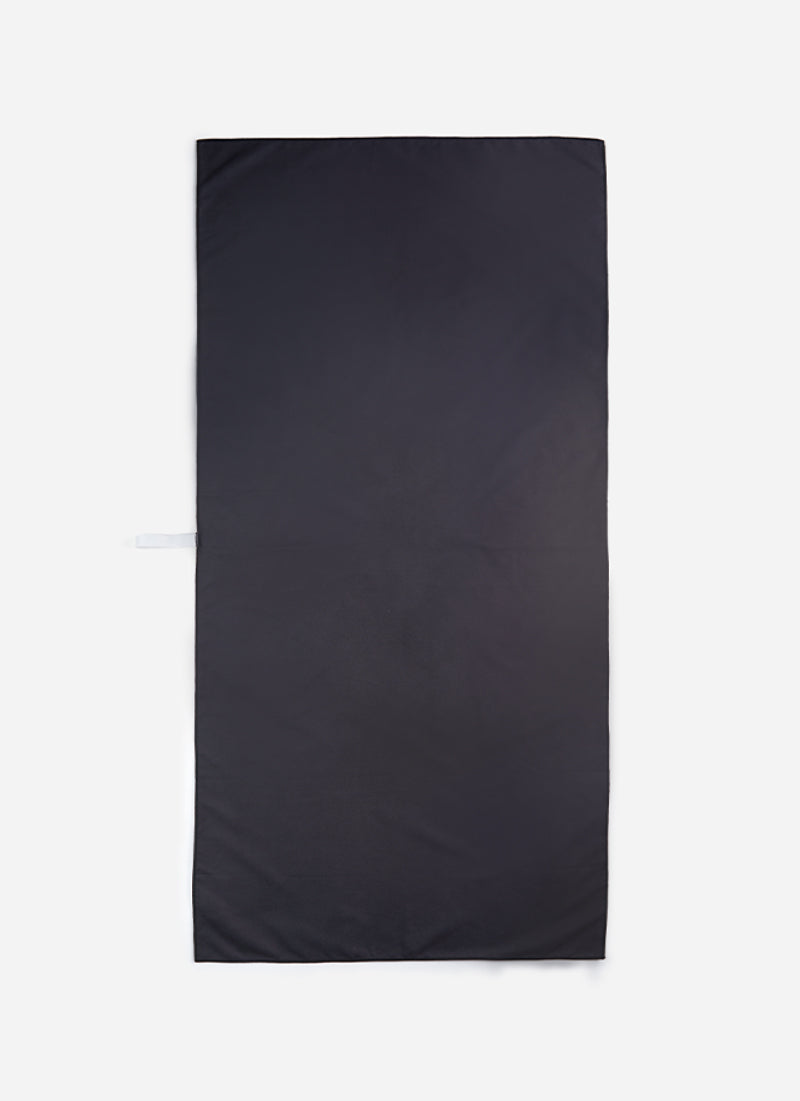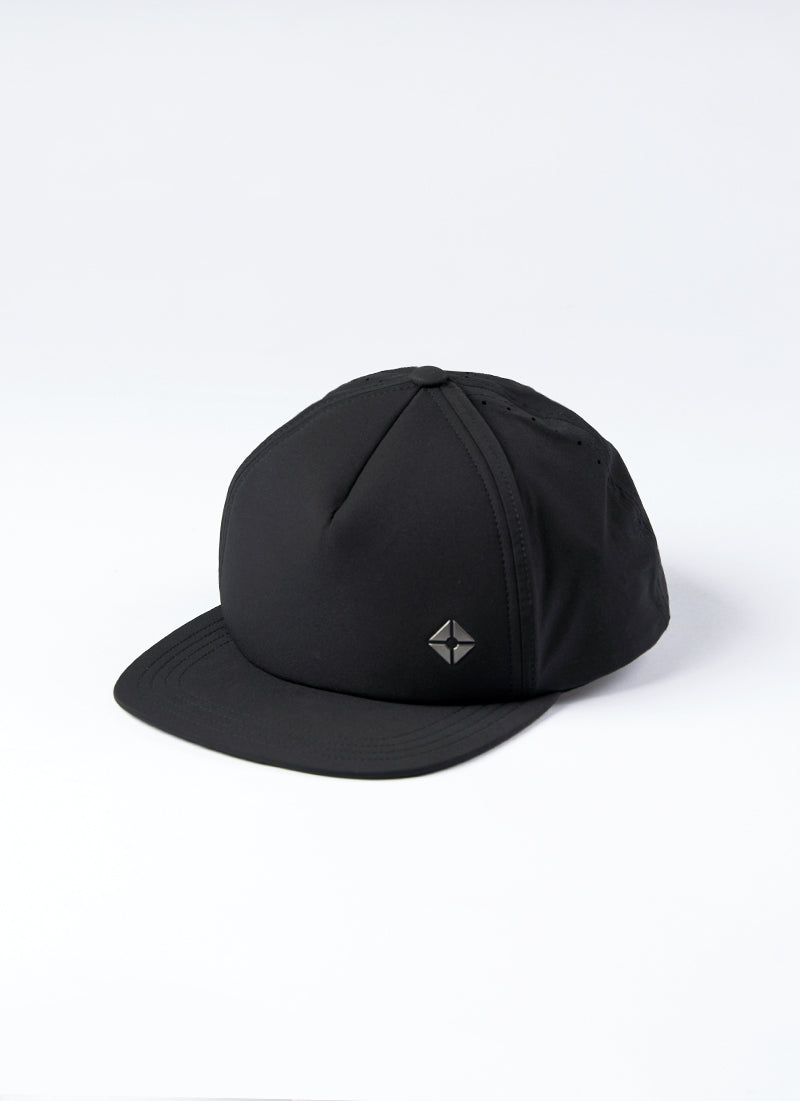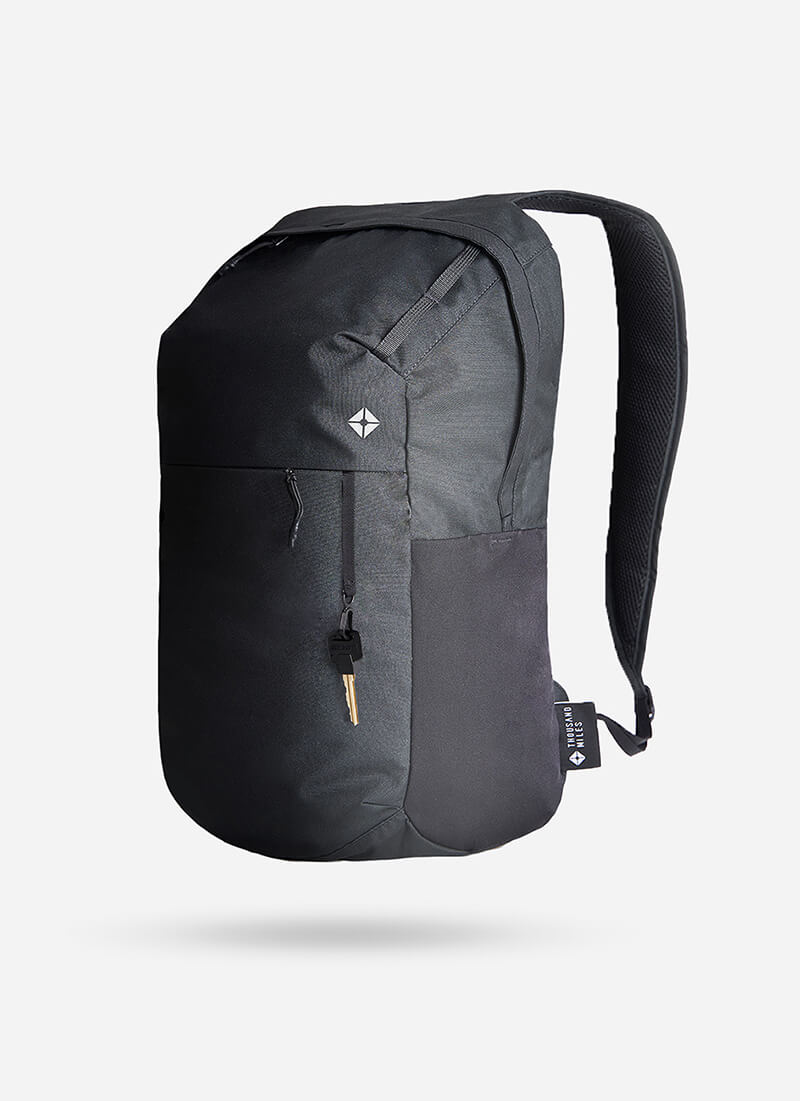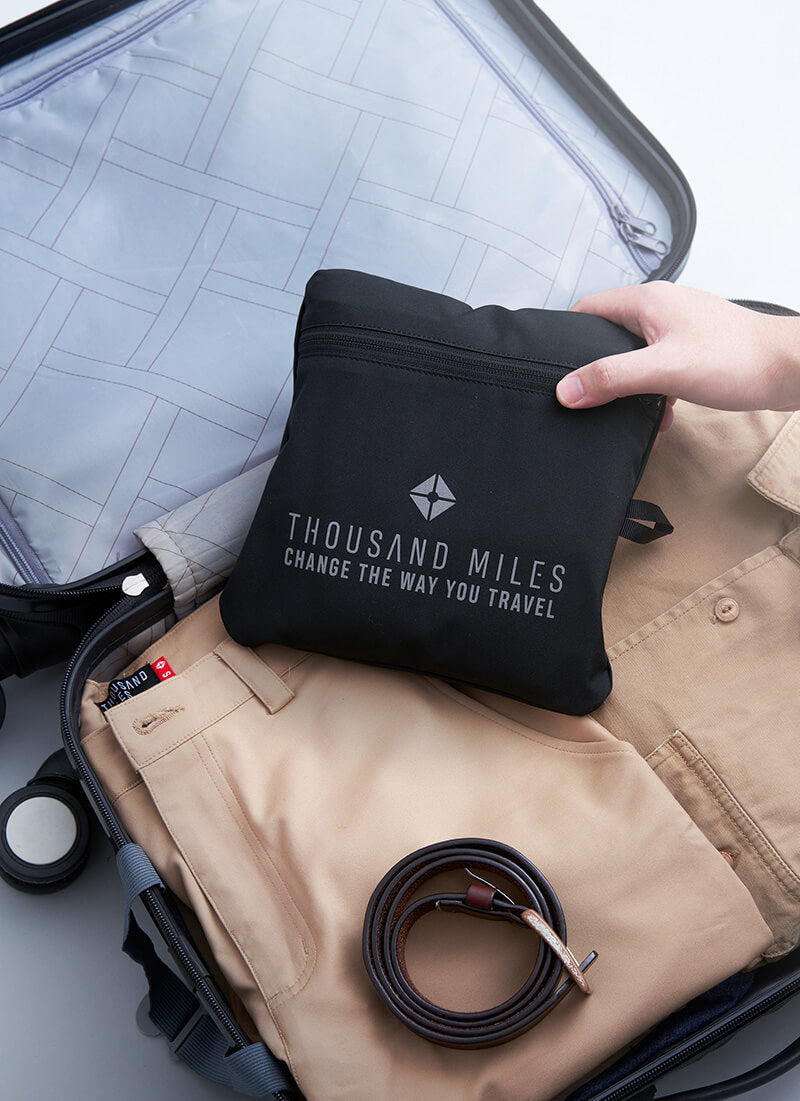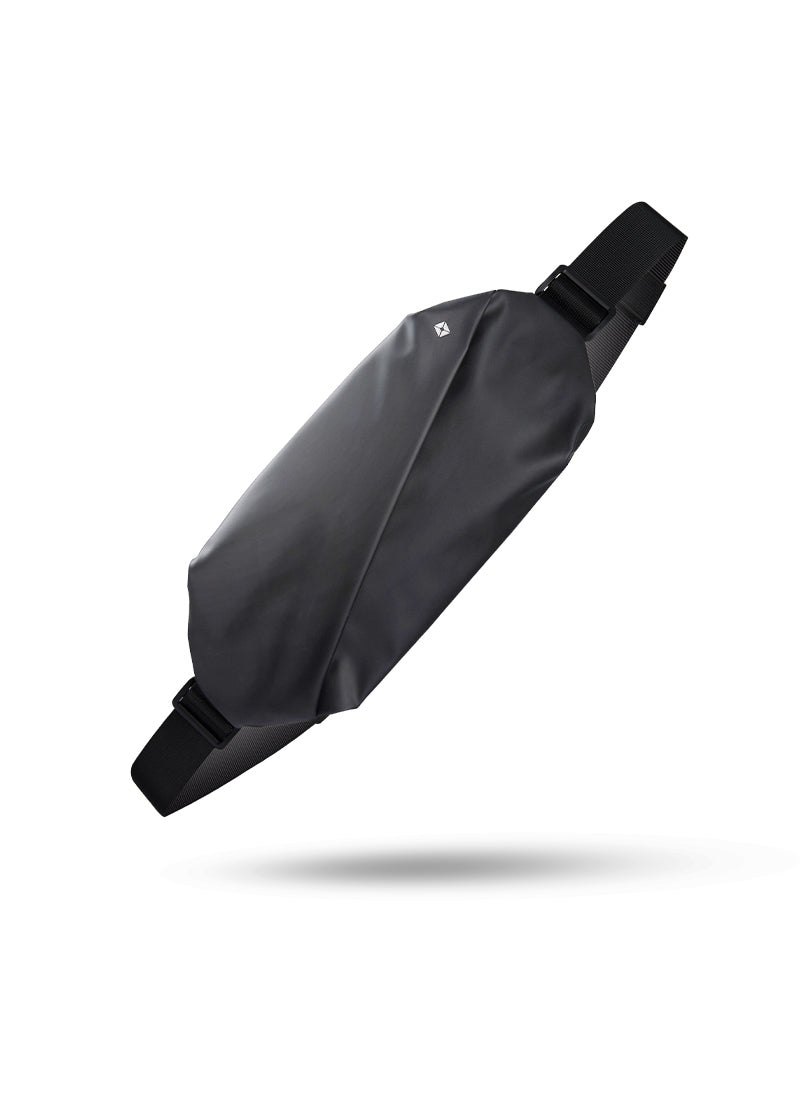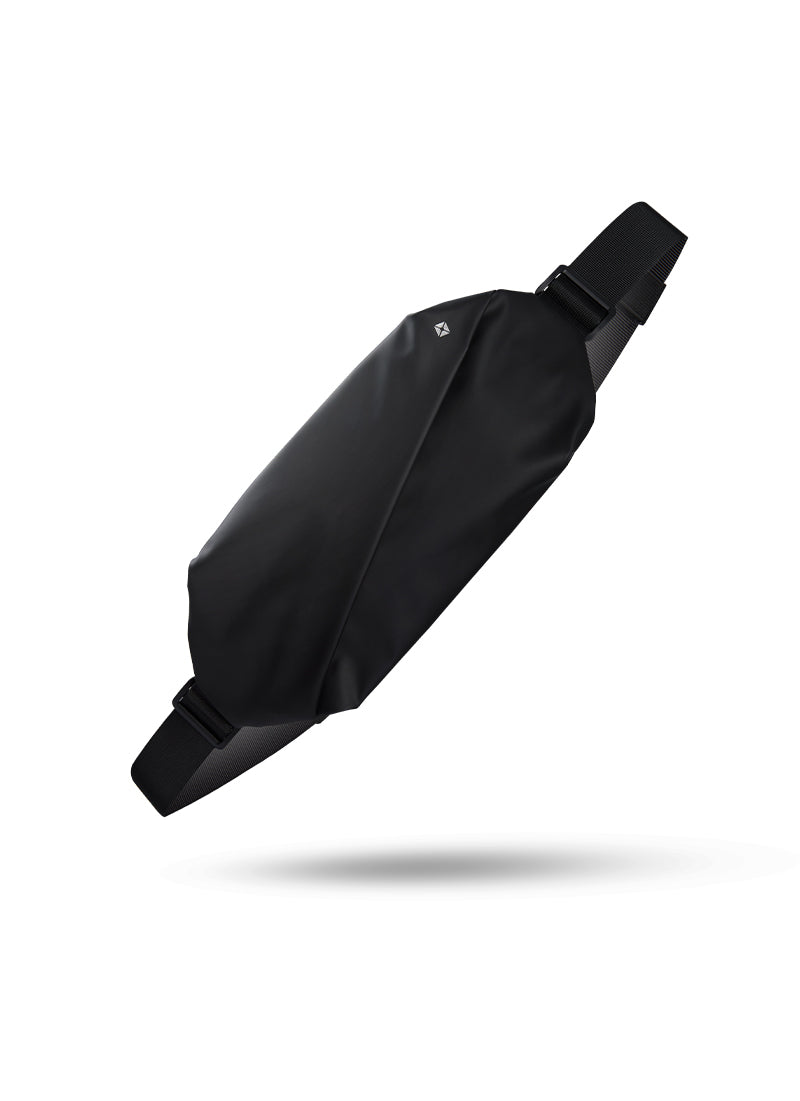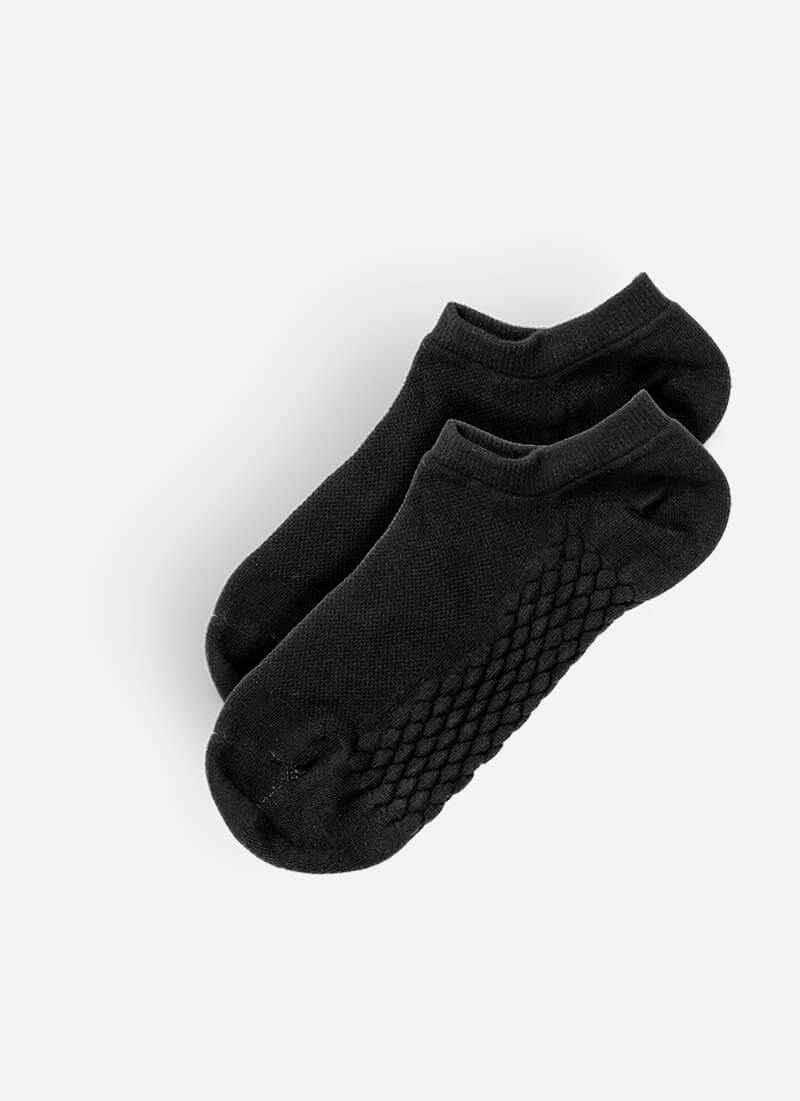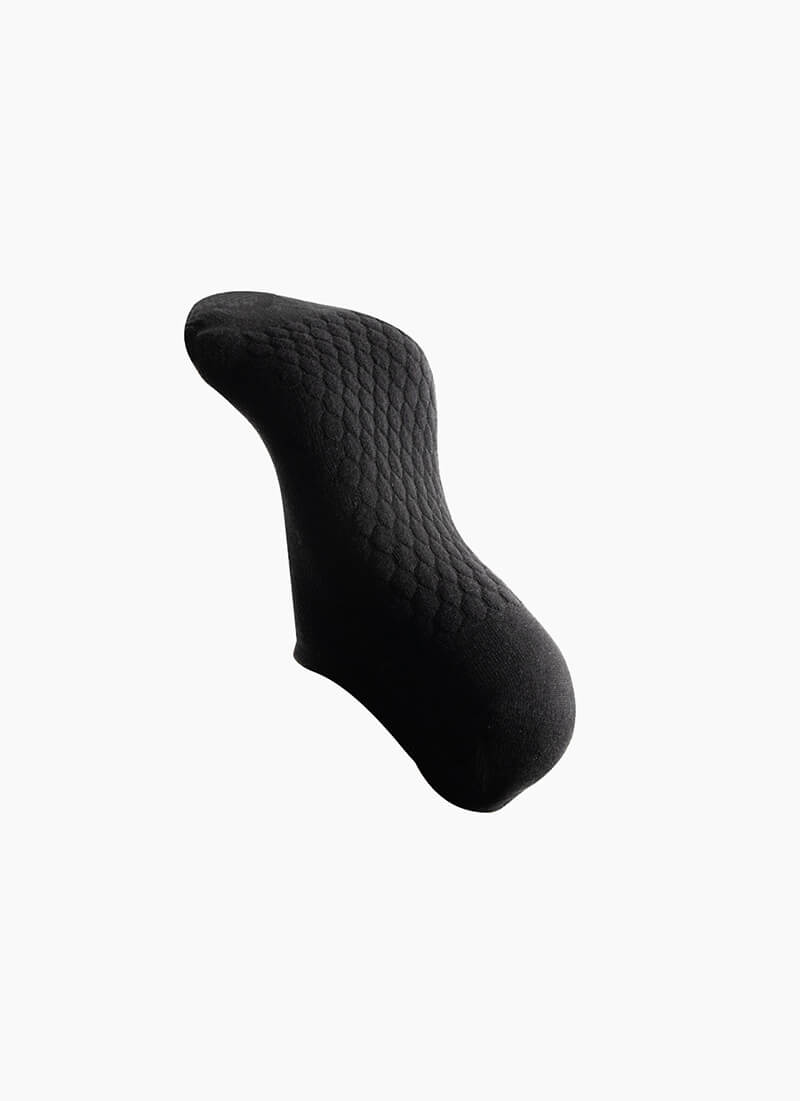Your Day Trip In KL Is Not Complete Without Visiting These Spots If You Appreciate History, Arts, and Culture!
If continents were seen in colours, Southeast Asia would perhaps be the most colourful one on the map. Especially Malaysia.
Perhaps I’m biassed, but where else can you find a country where the past, present, and future collide - from a quaint fishing village waiting to be discovered on the outskirts, to lush rainforests that promise a thrilling adventure, and concrete jungles with imprints of a wartime story to remember?
Kuala Lumpur, the capital city of Malaysia in particular, is a truly vibrant city where hidden gems and iconic landmarks blend seamlessly. What this means for the adventurous traveller is a treasure trove of explorations.
How Can I Spend My Day Trip In KL As A Traveller Who Wants To Discover The City's Culture & Heritage?
Forget mainstream day trips to frolic in the cool climate of Cameron Highlands or the Genting Skyworlds Theme Park and casino of Genting Highlands. Unless you're a nature enthusiast, set aside the trip to the Kuala Gandah Elephant Sanctuary, the hour's drive to the beach resort town of Port Dickson, and nature walks in Kuala Selangor Nature Park for another day even though they are popular recommendations.
Because the historic grounds of Kwai Chai Hong that echo tales of yesteryears, the breathtaking views atop KL Tower, and the colonial architecture of the city's iconic landmarks promise a day trip like no other. Knowing that, why make day trips from Kuala Lumpur when you can enjoy endless discoveries within Kuala Lumpur?
So get ready to uncover the multifaceted charm of Kuala Lumpur. A city where every corner hides a story waiting to be discovered with every trip made.
Top 11 Spots To Explore In Kuala Lumpur During Your Next Day Trips For A Cultural Adventure

1. Merdeka Square, a.k.a. Dataran Merdeka
What looks like an ordinary expansive open field located in the heart of downtown Kuala Lumpur is actually a site of immense historical significance for Malaysia that dates back to 1957. Merdeka Square is the location where Malaysia declared its independence from British colonial rule on August 31st, 1957 (Merdeka, anyone?).
This site is home to one of the world’s tallest flagpole where the Malaysian flag was raised for the very first time. It also serves as a venue for parades and events on a national, state, and sometimes independent level.
Several notable spots surround the square, such as the Sultan Abdul Samad Building (which we’ll talk about right after), the prestigious Royal Selangor Club with member-only access, and the Kuala Lumpur City Gallery.
Within the gallery you’ll find a cafe serving delicious freshly baked pastries daily, and of course a gallery of over 5,000 handmade miniature buildings and structures, alongside a collection of prints and photographs that all pay homage to the country’s past, present, and future.
Merdeka Square is easily accessible via the LRT train public transport, with the Masjid Jamek Station being the closest station to the square.
I’d recommend allocating up to 3 hours if you’d like to go for a leisurely walk through the field, try your hand at photography with the Sultan Abdul Samad Building, enjoy an immersive experience at the gallery, and completing it with a refreshing iced latte and freshly baked pastry at the gallery’s cafe.

Be sure to wear breathable clothing like these ultra-fashionable apparel from Thousand Miles, comfortable walking shoes, don a cap, sunglasses, and have sunblock applied while exploring the square as it can get hot, glaring, and humid with little to no shade!
Entrance Fee: Free entry (Kuala Lumpur City Gallery may be subject to an entry fee)
Operating Hours: 24 hours, daily
Address: Jalan Raja, City Centre, 50050, Wilayah Persekutuan, Kuala Lumpur

2. Sultan Abdul Samad Building
The Sultan Abdul Samad Building is an architectural marvel with a rich history found right opposite Dataran Merdeka. It was originally a key site for the British colonial administration, and it was renamed in 1974 after Sultan Abdul Samad, the Sultan of Selangor.
Its architecture showcases a blend of Moorish and colonial architecture with a distinctive clock tower that was designed as a nod to London’s Big Ben, complete with beautiful copper domes.
Malaysia’s High Court, Court of Appeal, and Federal Court used to be housed within its walls, but since their move to the Palace of Justice in Putrajaya, the building is now home to the offices of the Ministry of Information, Communications, and Culture.
Aside from being a government facility, the Sultan Abdul Samad Building is also a popular tourist attraction due to its historical significance and architectural beauty, attracting students and enthusiasts of architecture from countries around the world.
That said, because of its status as a government facility, the public is not allowed within its premises. Thankfully visitors can view and snap away with their cameras outside with no entry fee required!
Bonus Tip: If you’re not much of a day-time traveller, you won’t be missing out by visiting this location at night. The Sultan Abdul Samad Building is decorated with lights throughout that illuminate it beautifully come evening.
Entrance Fee: Free to visit the exterior, no access to building’s interior
Operating Hours: 24 hours, daily
Address: Jalan Raja, City Centre, 50050, Wilayah Persekutuan, Kuala Lumpur

3. Petronas Twin Towers
Enter a vibrant and dynamic mix of architectural marvel, cultural depth, and entertainment. The Petronas Twin Towers, also known as the KLCC (Kuala Lumpur Convention Centre) Twin Towers stands tall at 452m with 88 floors as a symbol of Malaysia’s progress and innovation, while being renowned as Malaysia’s most popular tourist attractions.
These towers are home to the iconic Suria KLCC shopping paradise, the KLCC park, the beloved Lake Symphony that comes alive at sunset, and the Observation Deck of Floor 86 that offers panoramic views of Kuala Lumpur. Not forgetting the exhilarating Sky Bridge on the 41st floor that connects the two towers.
At the Suria KLCC shopping mall, visitors can enjoy browsing through high-end fashion brands, local designer boutiques, coupled with an array of halal dining options that range from local Malaysian delicacies to international cuisines.
But those seeking a thrilling view of the city can take this chance to explore the Observation Deck and Sky Bridge. Both spots require a ticket for entry which you can purchase online in advance as limited tickets are available each day.
If you prefer a free-and-easy access without having to spend extra, and you’re happy to get a stunning photograph of the twin towers from the ground up, then I’d recommend taking a leisurely walk through the KLCC park for one of the best views of the twin towers while enjoying the shade offered by the many trees that litter the park.

The twin towers is actually packed with activities that some may find it an all-day affair on its own without having to visit other locations. Even so, I must insist that you make it a point to stay until nightfall to enjoy a relaxing show where lights and water dance across the shallow waters of Lake Symphony to unwind after a long day of walking out and about.
Entrance Fee: Free entry to the Twin Towers, KLCC Park, and Lake Symphony, paid tickets required for Observation Deck and Sky Bridge
Operating Hours: 10am - 10pm, daily
Address: 241, Petronas Twin Tower, Kuala Lumpur City Centre, 50088, Kuala Lumpur, Wilayah Persekutuan

4. Central Market at Kuala Lumpur’s Chinatown
Locally known as Pasar Seni, the Central Market in Kuala Lumpur’s Chinatown is a vibrant hub of Malaysian culture and heritage found within walking distance from the bustling local markets of Chinatown, also known as Petaling Street.
Various attractions such as the KL Story Exhibition Gallery, the Illusion 3D Art Museum, and the Art House Gallery, and activities like a DIY Batik Painting workshop, Henna drawing stalls, and even a traditional fish spa await curious travellers.
Aside from attractions and activities, the ex-wet market is home to countless shops spread across the building that represent the diverse cultures of Malaysia. Think handicrafts like traditional Malay kites, beautiful Batik clothing, and exotic Bornean pearls just waiting to be brought home by the next lucky shopper.
The market is also a place where visitors can enjoy a range of cuisines at its food court along with several restaurants, street food, and food trucks that line its surroundings outside. Those who need their local caffeine hit can also enjoy the local white coffee from OldTown White Coffee's branch within the market.
Getting to Central Market is relatively simple. You can opt to take the LRT or MRT train from your nearest station to the Pasar Seni Station, which is located just across the market. Alternatively you may also opt for an e-hailing service such as Grab to directly ferry you to Central Market from your current location, or access it a bus ride away from KL Sentral, the local transport hub.
Entrance Fee: Free entry
Operating Hours: 10am - 10pm, daily
Address: Central Market, Kuala Lumpur City Centre, 50050, Kuala Lumpur, Federal Territory of Kuala Lumpur

5. Brickfields, The Little India of Kuala Lumpur
Did you know that Brickfields is named as such not because of how its main road is built, but because it was the centre for brick-making during its early days? Back then the whole area was a clay pit where good quality bricks were made, which led the area to be aptly named Brickfields.
Today, Brickfields is often referred to as the Little India of Kuala Lumpur, a vibrant and culturally rich neighbourhood that offers a unique experience through a blend of culture, shopping, and delicious food.
This is the place to go for authentic Indian cuisine or enjoy a fusion of Malaysian-Indian cuisine for the more adventurous foodies. Indulge in rich southern Indian curries cooked in clay pots, the Sri Lankan delights of Yarl Restaurant, home-cooked spicy southern Indian delights at Lawanya, or creamy and comforting northern Indian cuisine at GEM Restaurant for the ones who don’t favour heavily spiced dishes.
It is also a great destination to get your fill of traditional Indian garments, spices, jewellery, and handicrafts from the many Indian apparel stores, sundry shops, and goldsmiths that make up the shopping streets of Brickfields.
Aside from food and shopping, you can also visit several cultural landmarks like the Sri Kandaswamy Temple, a beautiful Saivite-style temple that is over a century old, or the Buddhist Maha Vihara, both of which reflect the area’s religious diversity.
Brickfields is easily accessible via walking distance or just a short drive from the central transport hub, KL Sentral, or a short drive away from Bukit Bintang, Kuala Lumpur’s most famous shopping district.
Entrance Fee: Free entry
Operating Hours: Stores open from 6:30am - 10pm
Address: Jalan Tun Sambanthan, Brickfields, 50470 Kuala Lumpur, Wilayah Persekutuan, Kuala Lumpur

6. Batu Caves
Batu Caves is a significant religious landmark for Hindus, particularly during the Thaipusam festival in Malaysia. It is made up of a series of caves and cavern temples on a limestone hill, with steep sets of stairs serving as its sole pathway up. While not exactly located within Kuala Lumpur, it is no doubt a well-known site that is closely tied to the city.
The site is known for its enormous golden Lord Murugan statue, and is an important pilgrimage site for Hindus worldwide. It’s located right by the iconic rainbow-coloured steps that lead up to the inner caverns of Batu Caves so you simply cannot miss either one.
Travellers can expect to climb up a total of 272 steep steps to reach and explore cave temples, be it the main Temple Cave or Cathedral Cave. Followed by a visit to the Ramayana Cave, which depicts the story of Rama in a series of paintings and statues.
Local wildlife such as pigeons, doves, and monkeys populate the lower grounds, while the upper grounds are home to roosters, chickens, and monkeys that can be found frolicking around the caves.
A trip here typically takes up to two hours for those seeking to climb all the way to the top, which also includes the time taken to travel to the location as it is located at a significant distance from the heart of Kuala Lumpur. Fun Fact: Some visitors will opt for a tour of the Batu Caves complete with a visit to the Elephant Sanctuary for a full cultural experience.

I’d also strongly recommend coming prepared by dressing modestly because it is after all, a religious site. This means long pants and sleeved t-shirts are allowed, while shorts, singlets, and flip-flops are a strict no.
Entrance Fee: Free entry. The inner caverns are subject to a small fee.
Operating Hours: 7am - 9pm, daily
Address: Gombak, 68100 Batu Caves, Selangor

7. KL Tower Observation Deck
The Kuala Lumpur Tower, also known as KL Tower, is a prominent feature of Kuala Lumpur’s skyline while also serving as one of its top attractions through its iconic Observation Deck and thrilling Sky Box at the Sky Deck.
The Observation Deck is found 300m above ground level, offering stunning panoramic views of the city from the KL Forest Eco Park to the skyscrapers that populate Kuala Lumpur. On the other hand, the Sky Box is a thick, glass cube that extends out from the Sky Deck to allow brave visitors a thrilling view of the city below.
Did you also know that you can participate in a truly daring walk by the outer walls of the KL Tower? The Tower Walk 100 attraction serves as a little extreme theme park up in the city skyline that takes you through a stroll over the glass panels of KL Tower’s exterior while being strapped to a safety harness. While absolutely thrilling and terrifying, it is definitely an activity to try at least once in your life!
Entrance Fee: Different ticket packages are available for the Observation Deck, Sky Deck, and its various attractions.
Operating Hours: 9am - 10pm, daily
Address: 2 Jalan Punchak, Off, Jalan P. Ramlee, 50250, Kuala Lumpur

8. Saloma Link Bridge
This one is for the night owls among us. The Saloma Link Bridge is a majestic pedestrian bridge that connects Kampung Baru, a traditional Malay village to the more modern area of KLCC for a true past meets future setting.

It’s popular because of its unique and modern architectural design which still pays homage to the traditional intricacies of Southeast Asian design. Taking everything into account, the bridge’s construction ultimately symbolises a connection between the traditional and modern aspects of Kuala Lumpur.
You can walk across the bridge, spot cyclists or even ride a bicycle yourself across the bridge, enjoy scenic views of the Kuala Lumpur skyline, or try your hand at capturing fantastic photos of you or your travel companion on the Saloma Link Bridge.

The Saloma Link Bridge truly comes alive at night because that’s when it becomes illuminated with colourful lights that sometimes feature the Malaysian flag, a thematic festive design, or a rainbow of colours that simply brighten the night.
You can easily access the bridge via public transport with the Kampung Baru LRT Station and KLCC LRT Station located within walking distance to the Saloma bridge.
Entrance Fee: Free entry
Operating Hours: 9am - 10pm, daily
Address: 9, Lorong Raja Muda Musa 3, Kampung Baru, 50300, Kuala Lumpur, Wilayah Persekutuan, Kuala Lumpur

9. Thean Hou Temple
Standing as one of the largest and most ornate Chinese temples in Southeast Asia, the Thean Hou Temple is a key religious site for the local Chinese community that is dedicated to Thean Hou, also known as the Heavenly Mother and patron goddess of the Hainanese community believed to watch over fishermen.
The temple is said to showcase elements of Buddhism, Taoism, and Confucianism, reflecting the diverse spiritual practices of Chinese culture across its six-tiered design.
Visitors may explore the temple’s architecture including the ornate carvings and decorative embellishments that adorn its pillars, roofs, and walls, observe traditional Chinese practices and the occasional celebratory events like a registration of marriage on the grounds of the temple, or enjoy scenic views of Kuala Lumpur.
Thean Hou Temple hosts special festive shows and cultural events in certain months, where visitors can participate in cultural festivals especially during the Lunar New Year and Mid-Autumn Festival periods. Did you know that you can also visit the on-site medicinal herb garden and tortoise pond?
Although entrance to the Thean Hou Temple is generally free, most visitors tend to leave a much welcomed donation as they enter or just before they leave the temple grounds.
It’s highly recommended to dress modestly as it is a sacred site to the local Chinese citizens. So come equipped with clothing that covers your shoulders, knees, and toes, and stay away from singlets, shorts, and casual slippers during your visit here.
Entrance Fee: Free entry, but donations are welcomed
Operating Hours: 8am - 8pm, daily
Address: 65, Persiaran Endah, Taman Persiaran Desa, 50460, Kuala Lumpur, Wilayah Persekutuan, Kuala Lumpur

10. National Mosque of Malaysia (Masjid Negara)
The National Mosque of Malaysia, also known as Masjid Negara, ranks among the largest mosques in Southeast Asia. Its vast size accommodates up to 15,000 worshippers and it is known for its distinctive and modern architectural design that beautifully integrates traditional Islamic art and calligraphy.
Visitors, both men and women, Muslim and non-Muslim, are welcome to explore its vast and elegantly decorated halls, landscaped gardens, and reflecting pools, excluding the main prayer hall.
Accessing the National Mosque of Malaysia is convenient as you can easily take an LRT ride to Masjid Jamek LRT Station and enjoy a leisurely 5-minutes walk to the mosque. You can also enjoy a quick detour through the Botanical Garden which is minutes away from the mosque.
Cultural sensitivity is paramount as you’ll be visiting a vital place of worship for the country’s dominant religion. So dress modestly with long pants or a long skirt, long sleeved shirts, and a headscarf for women. Robes and headscarfs can be loaned from the entrance of the mosque, so those who don’t have any headscarf on them do not need to worry.
Do note that the mosque is closed to non-Muslims during Friday afternoons, where prayer sessions are in place. Be sure to make a trip there during off-prayer hours and preferably any day aside from Fridays.
Entrance Fee: Free entry
Operating Hours: 9am - 1pm, 2pm - 5pm on Mondays to Fridays
Address: Jalan Perdana, Tasik Perdana, 50480 Kuala Lumpur, Wilayah Persekutuan, Kuala Lumpur

11. Tugu Negara, a.k.a. National Monument of Malaysia
Those familiar with our local history books will definitely remember seeing or hearing of this in school. The Tugu Negara stands as a poignant tribute to the ones who sacrificed their lives for the nation’s freedom during the tumultuous periods of World War II and the Malayan Emergency.
It is a symbol of the valiant efforts and sacrifices made by those in the armed forces, while being noted as one of the world’s tallest freestanding groups of bronze sculptures.
The Tugu Negara monument is made up of seven bronze figures, with each representing a core value such as leadership, suffering, unity, vigilance, strength, courage, and sacrifice. Each sculpture is strategically positioned above an elongated base, with names of the fallen serving as its epitaphs.

What surrounds the monument is a tranquil garden adorned with a pavilion, reflecting pools, and fountains to create a peaceful and reflective environment for visitors. As it is a place to reflect and remember, do exercise diligence here and respect the solemn nature of this memorial site.
Tugu Negara serves not just as a historical landmark or a tourist spot, but a place of memory that invites visitors to honour and remember the heroes who shaped the nation.
Those seeking to visit the Tugu Negara can do so by taking a short walk from the National Mosque of Malaysia, or by opting for a ride-sharing service for a seamless way to get there.
Entrance Fee: Free entry
Operating Hours: 9am - 1pm, 2pm - 5pm on Mondays to Fridays
Address: Perdana Botanical Garden, Jalan Parlimen, 50480, Kuala Lumpur, Federal Territory of Kuala Lumpur





